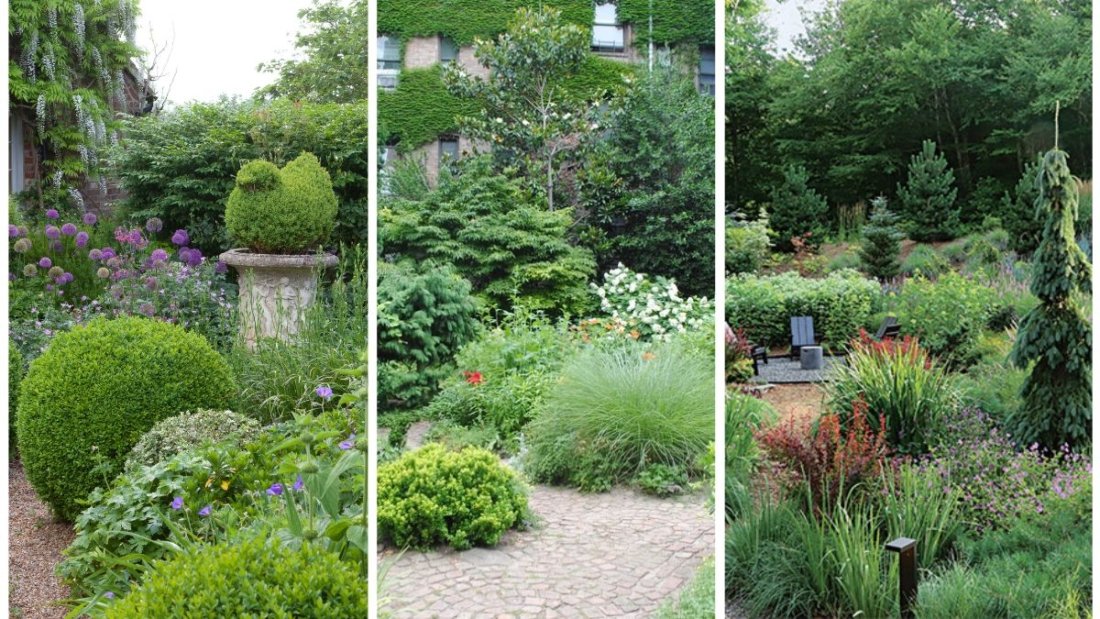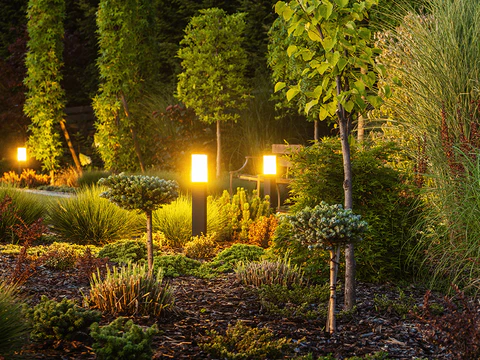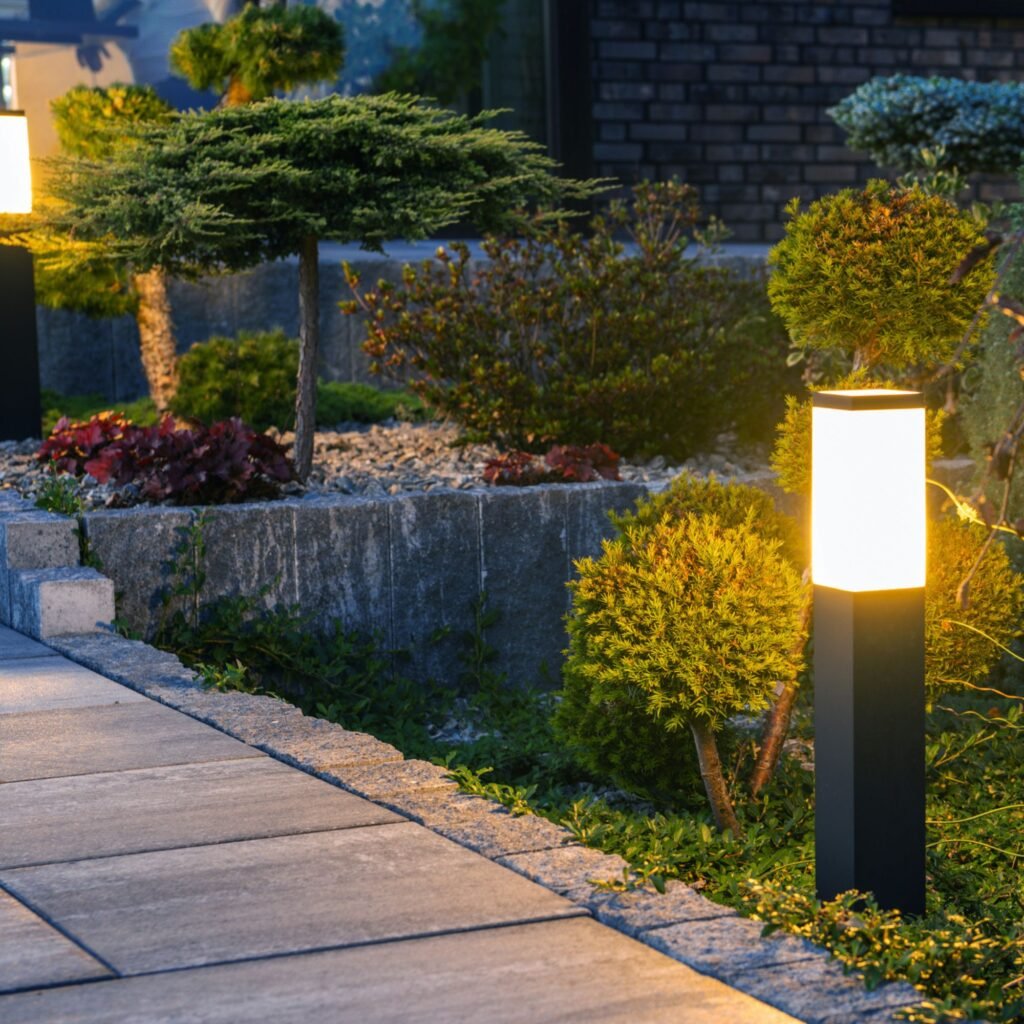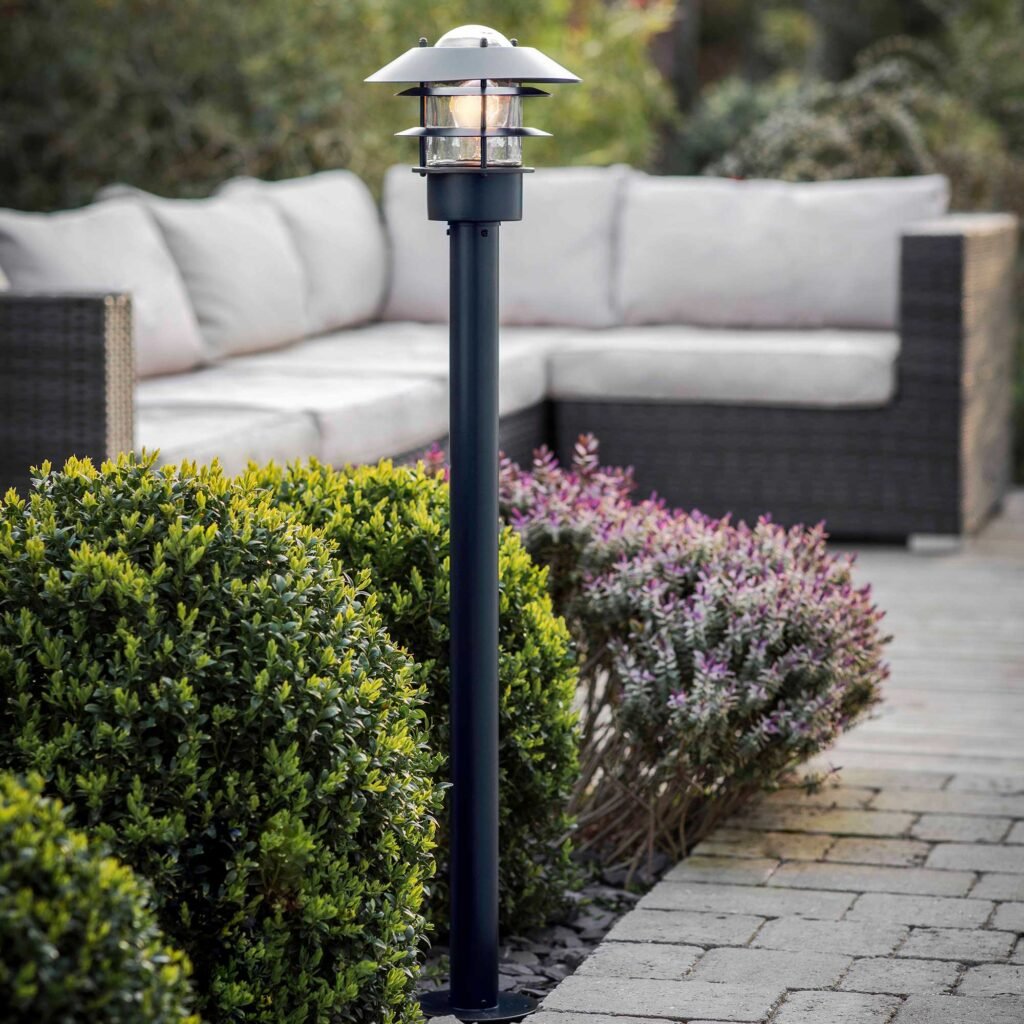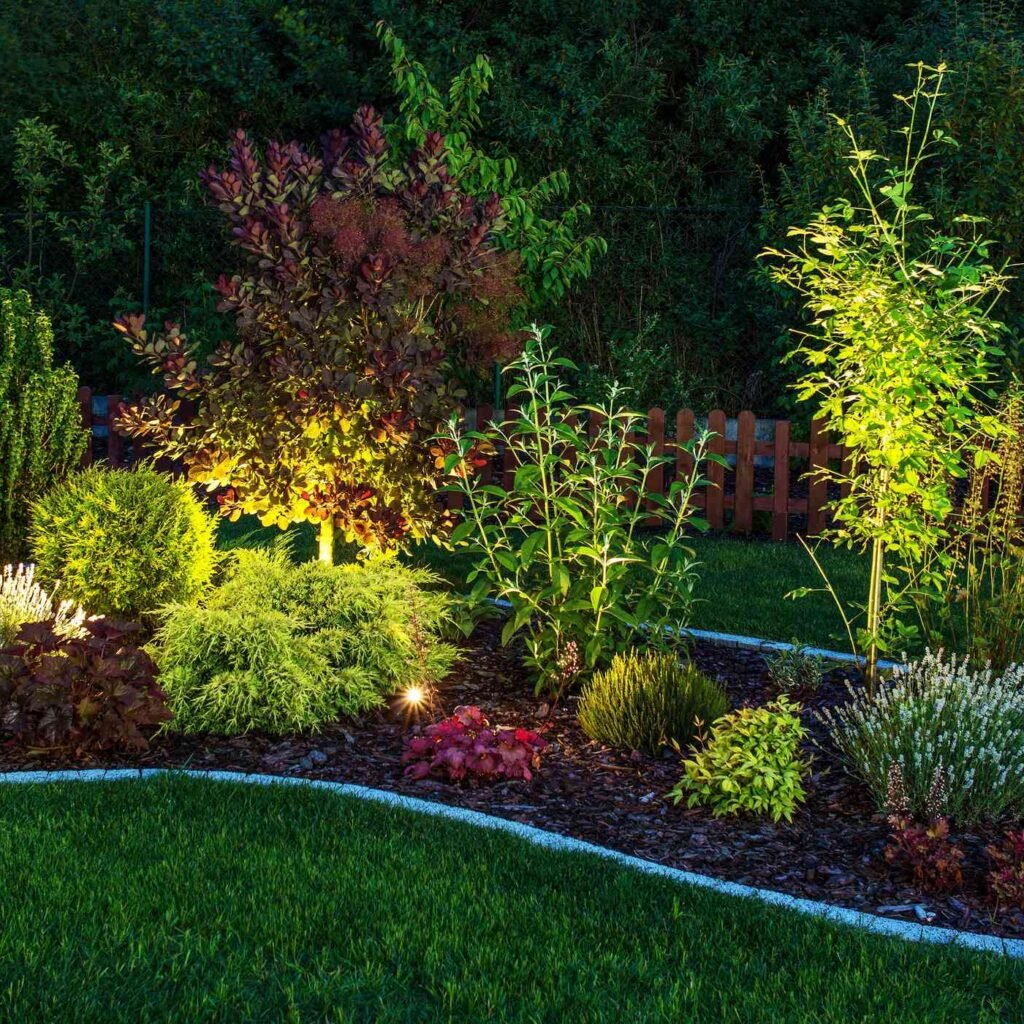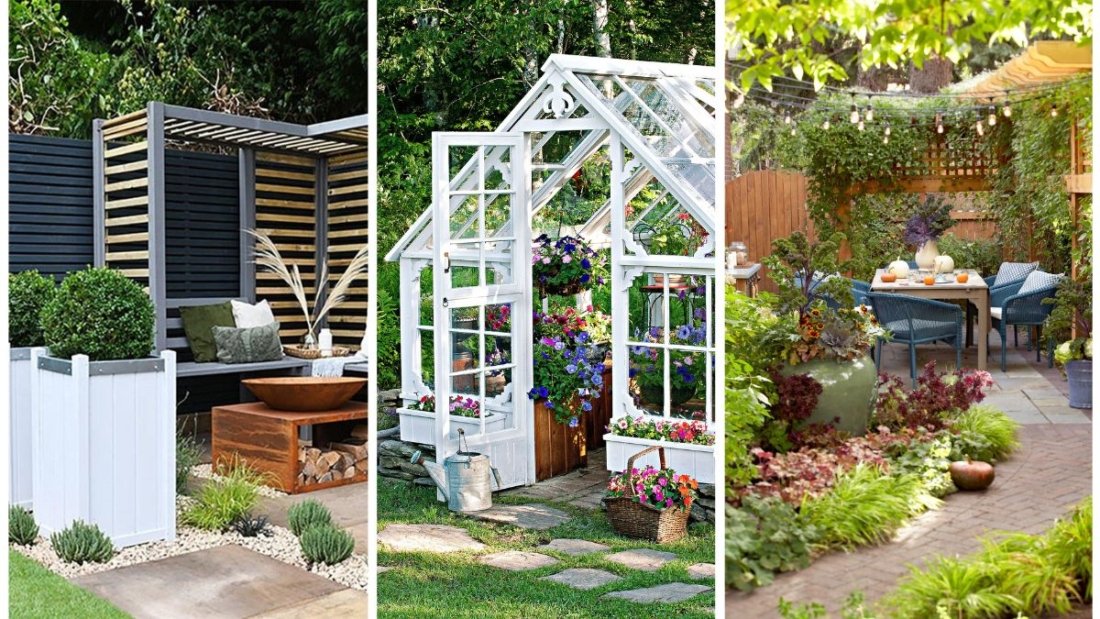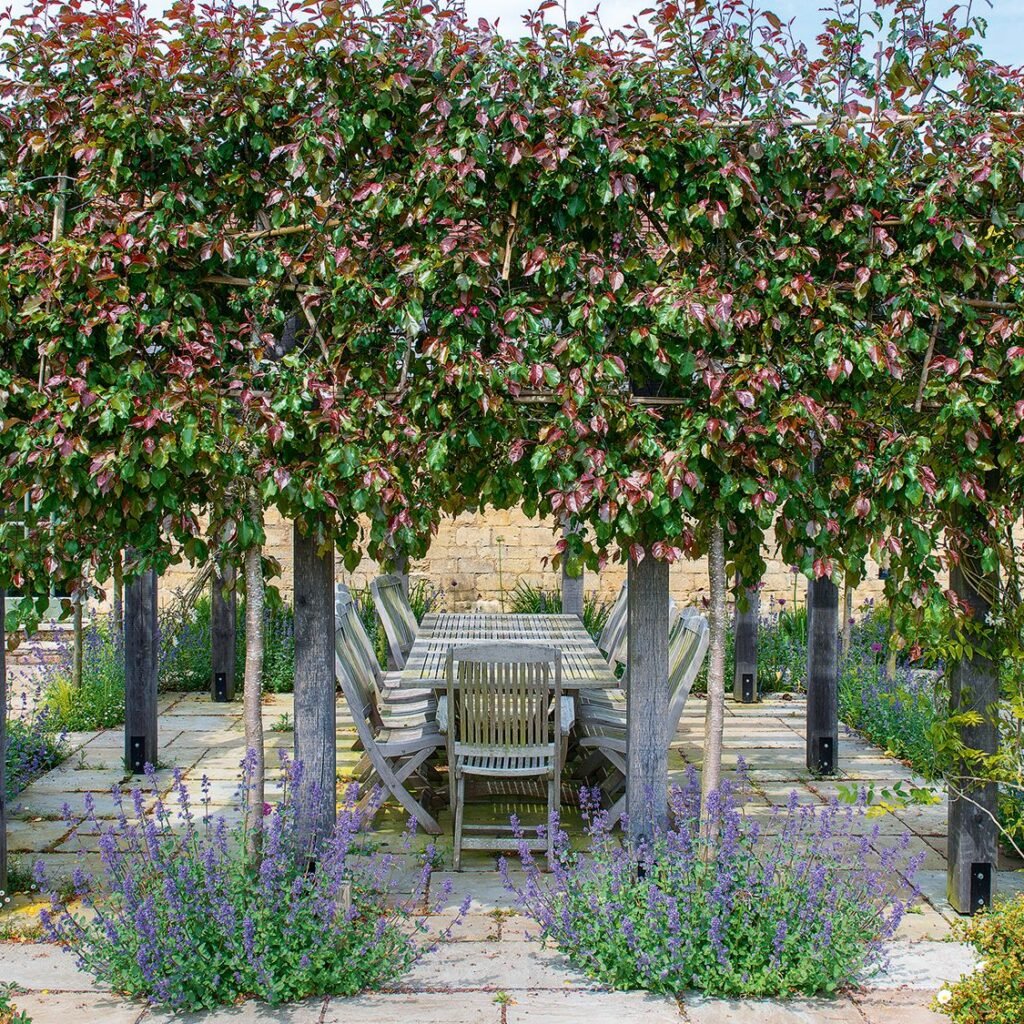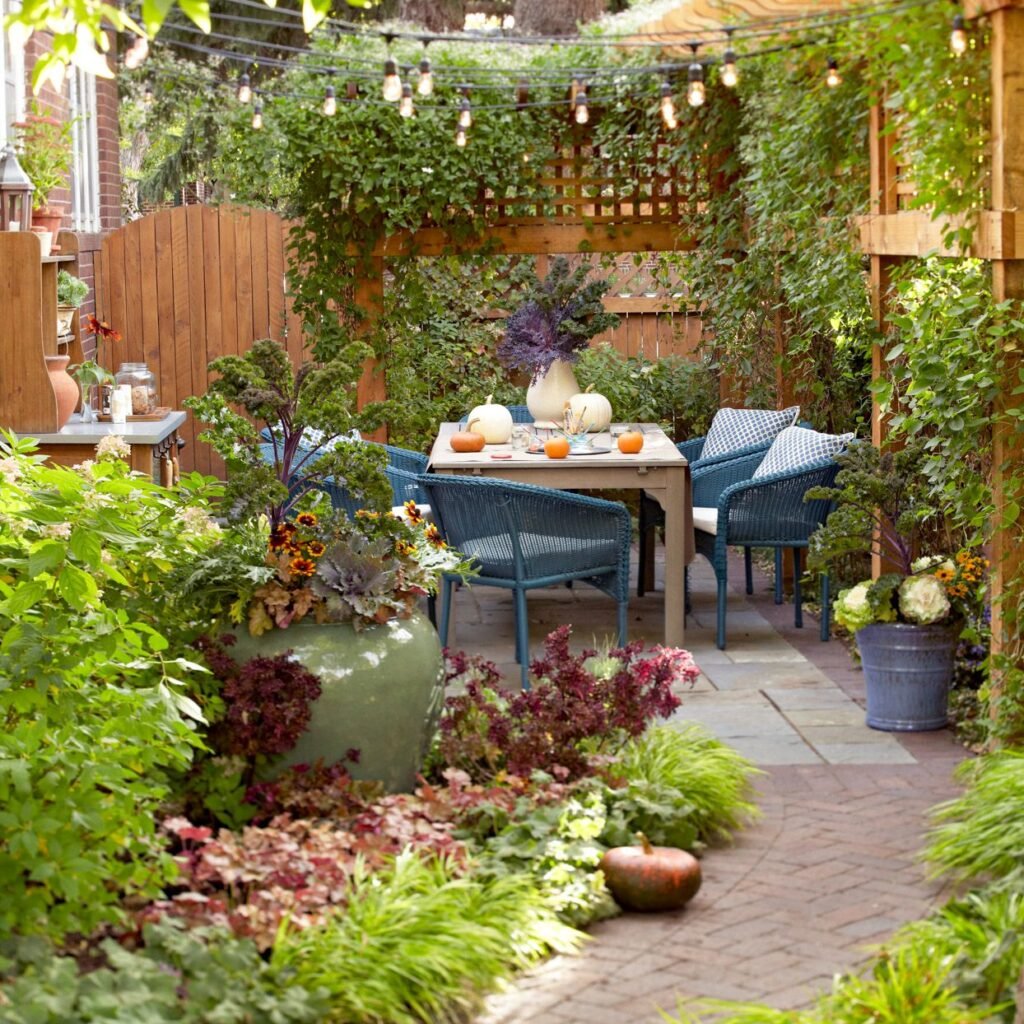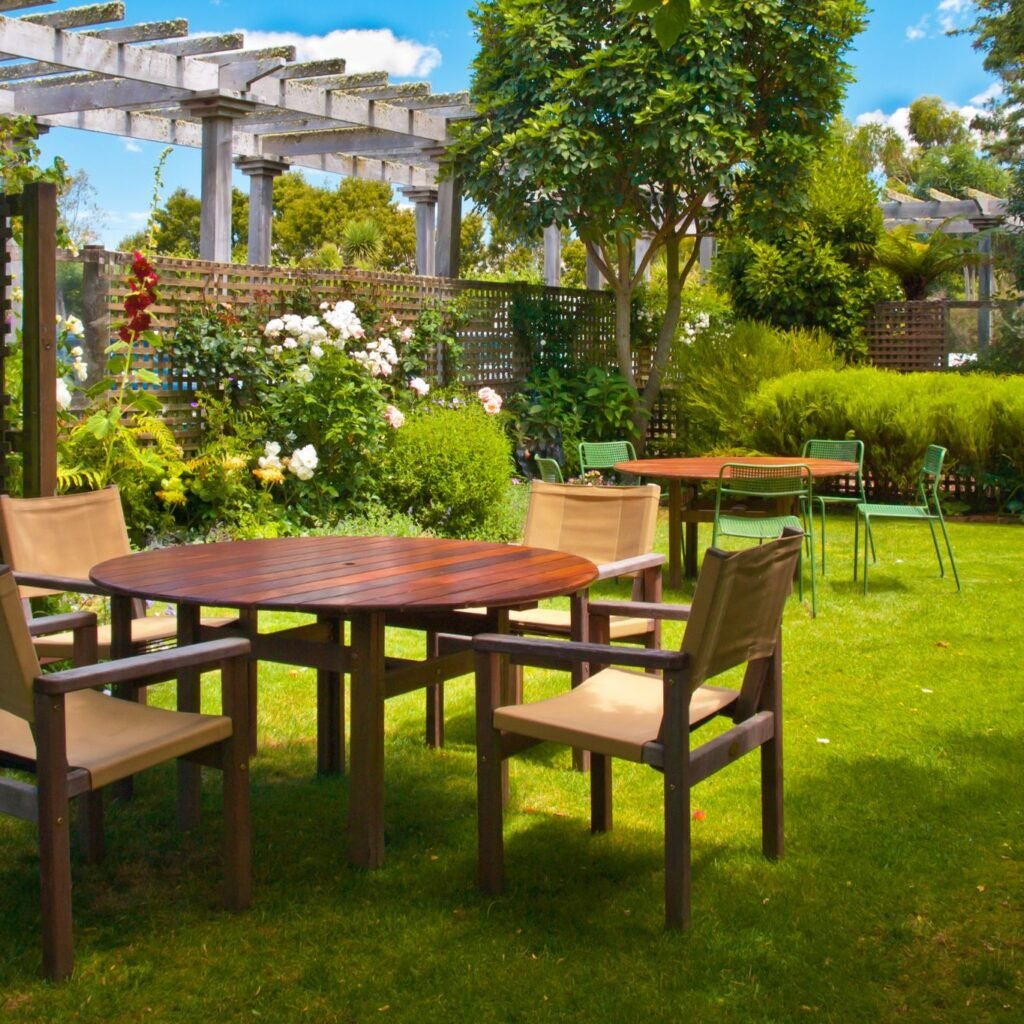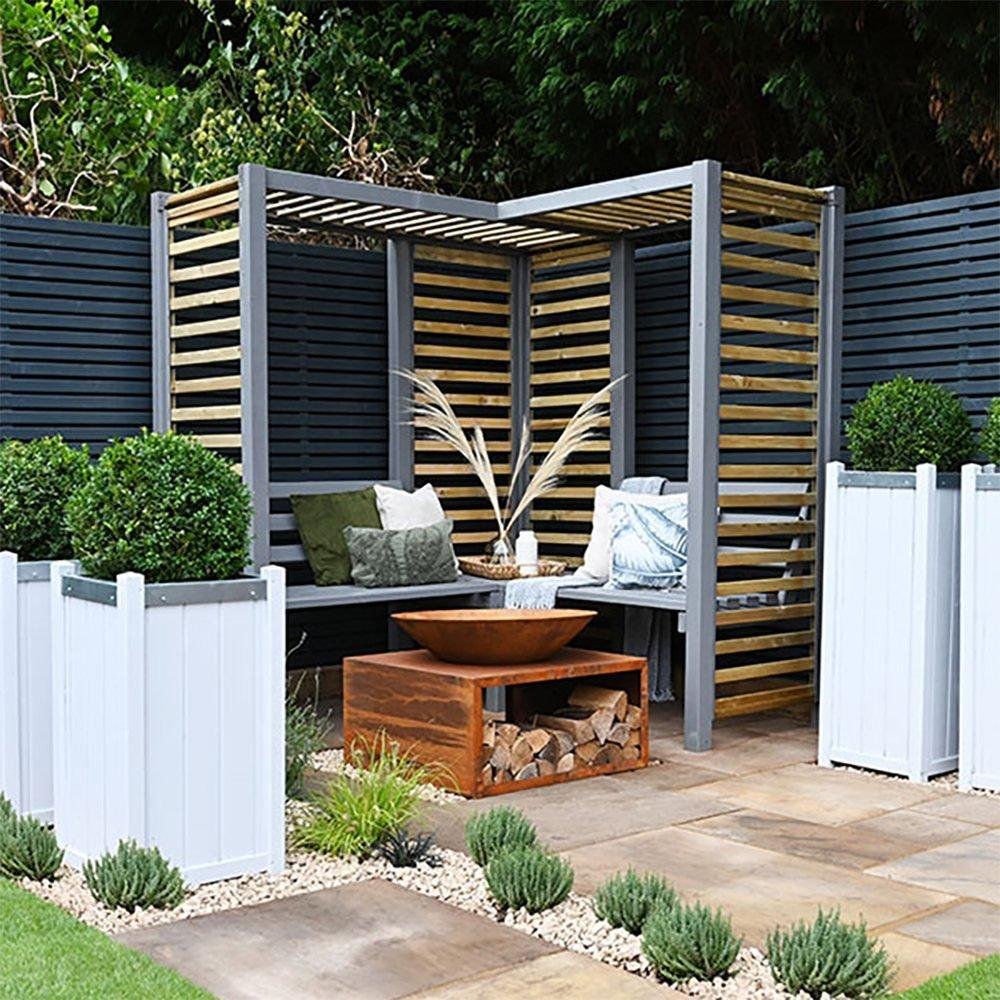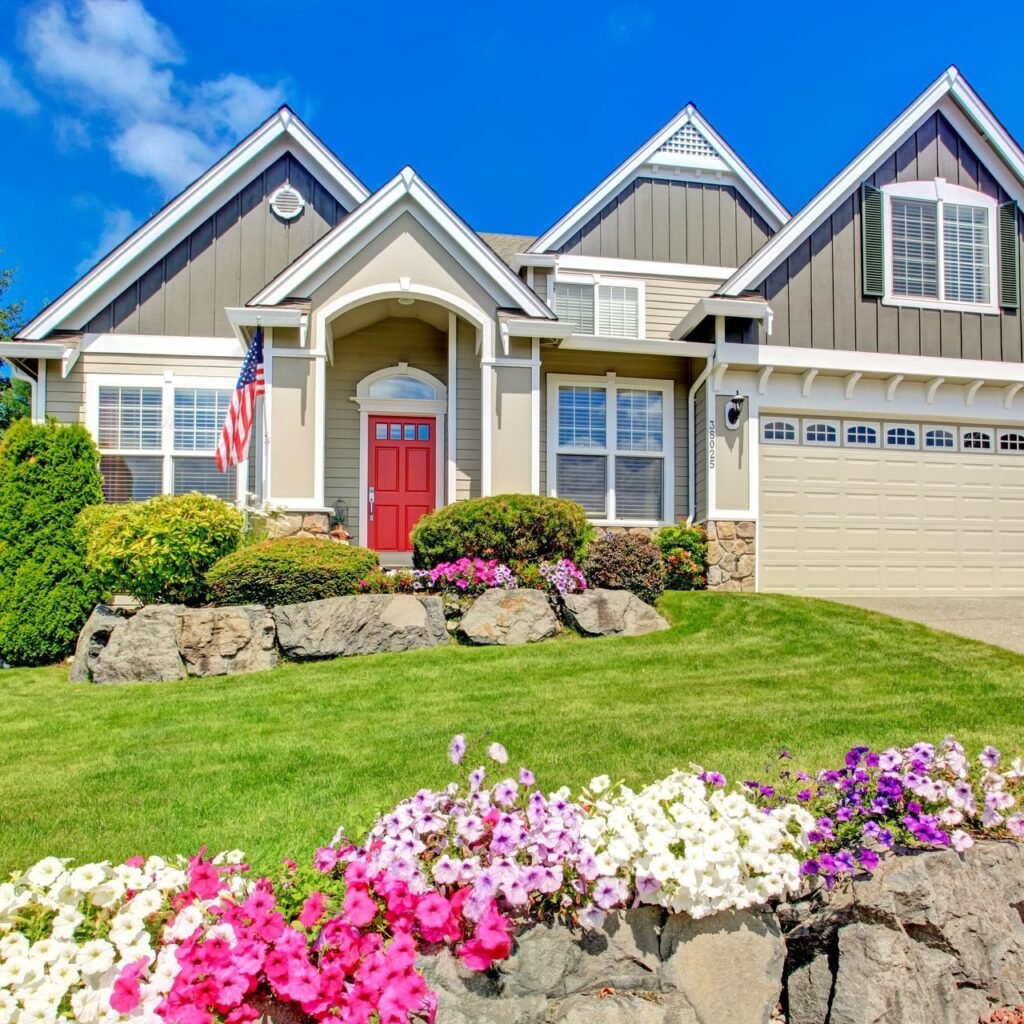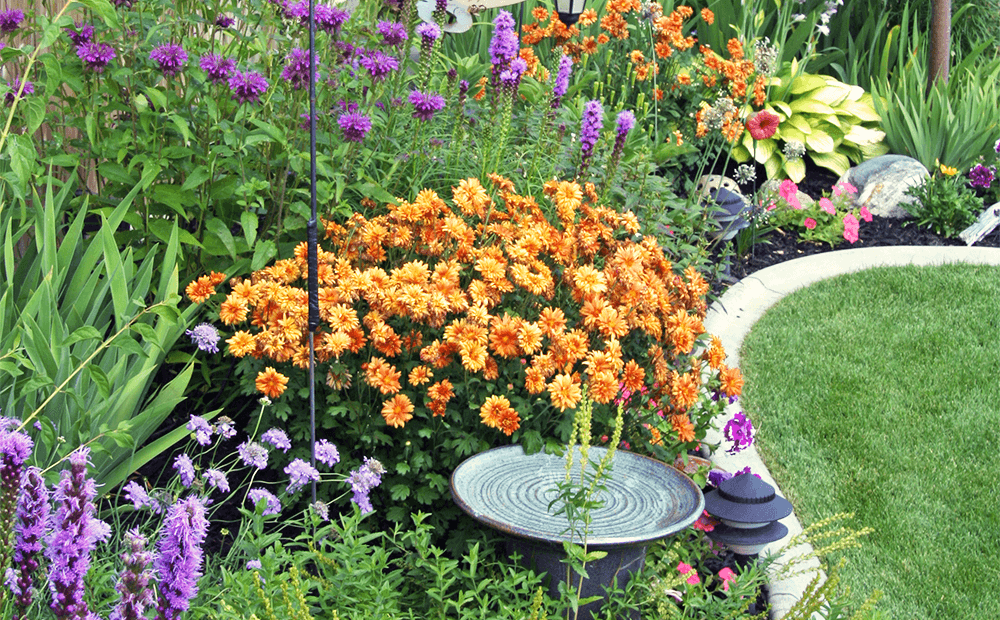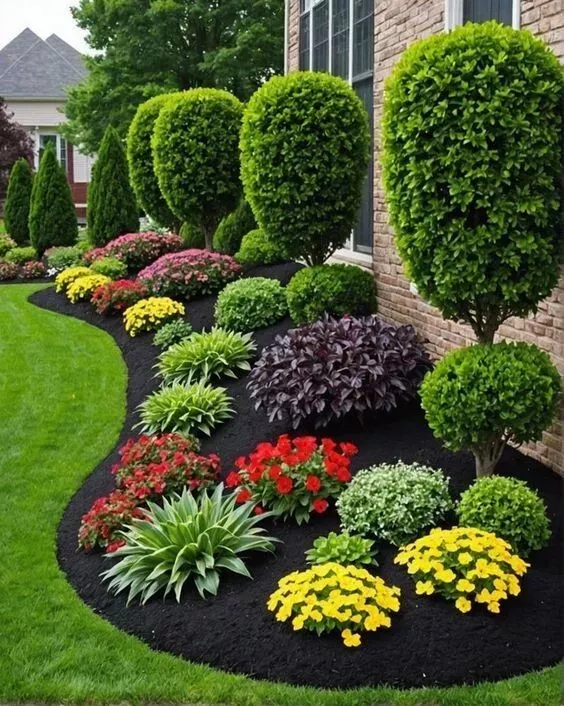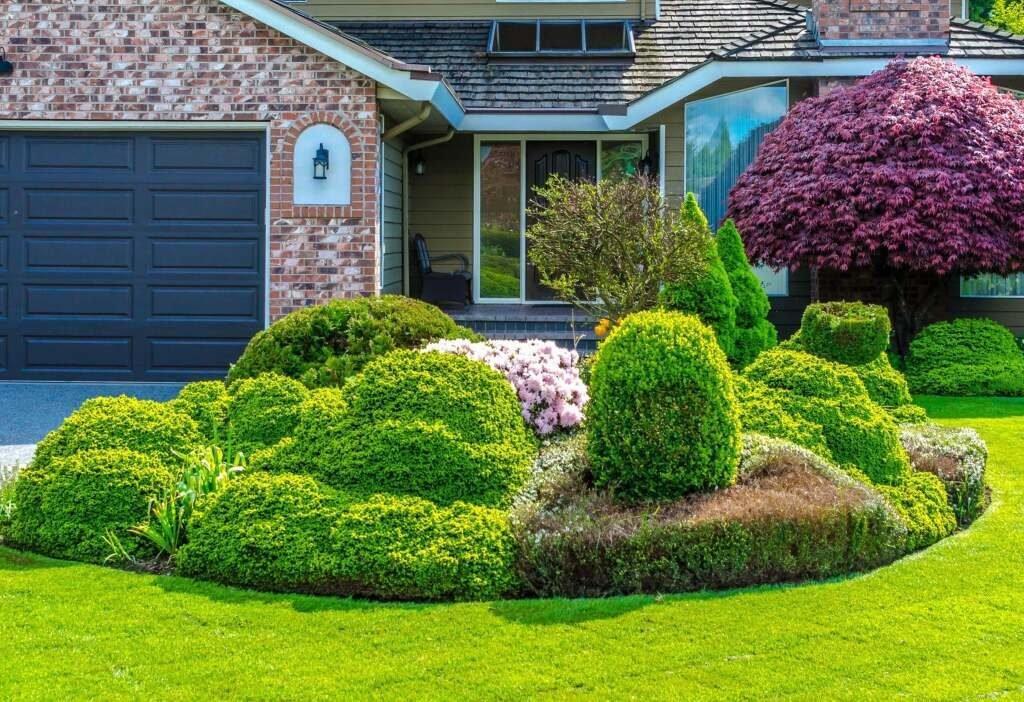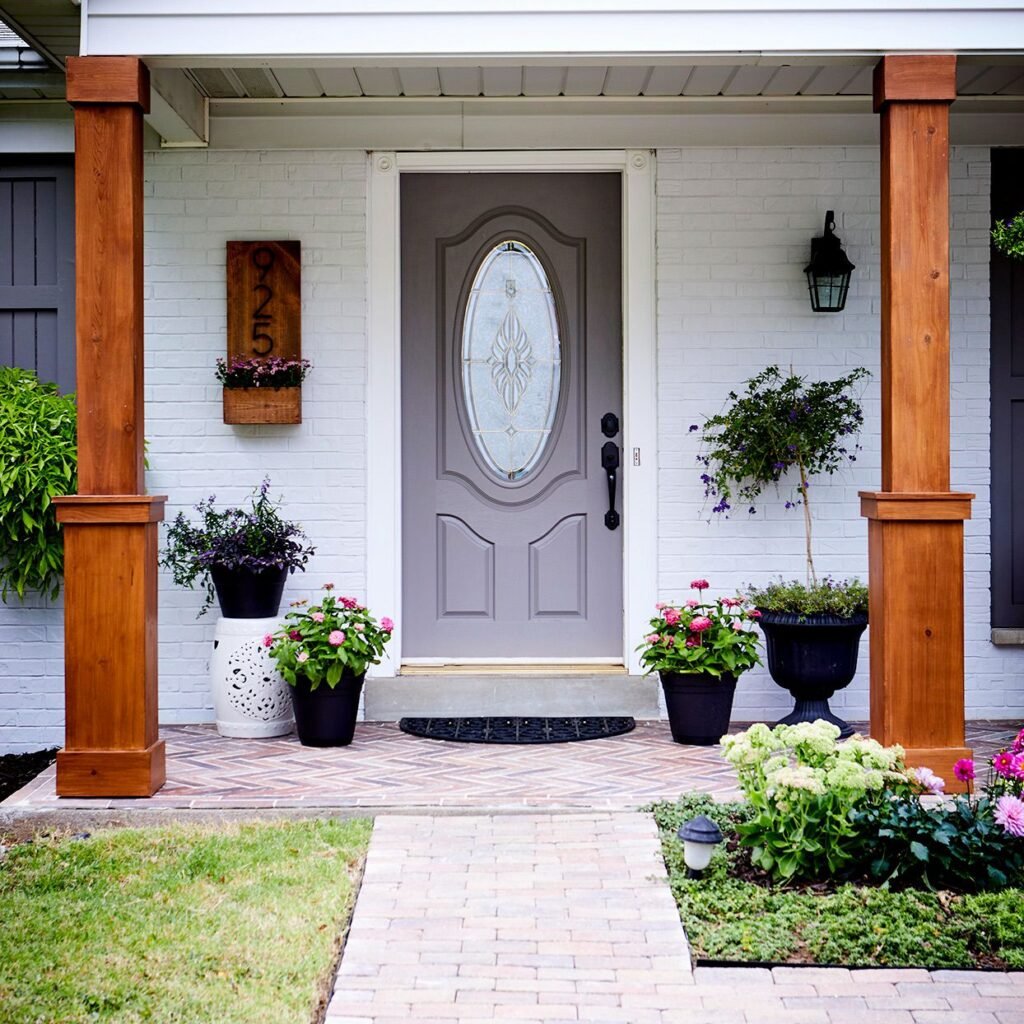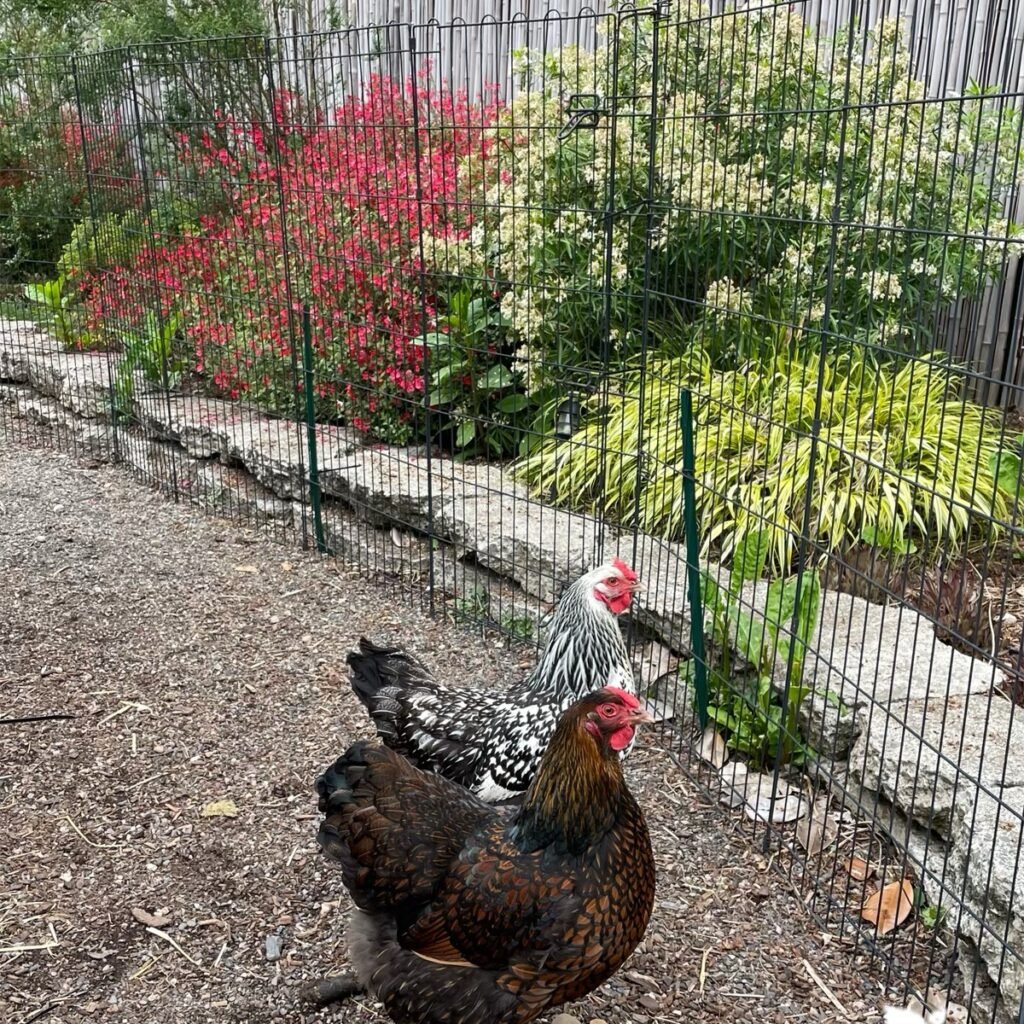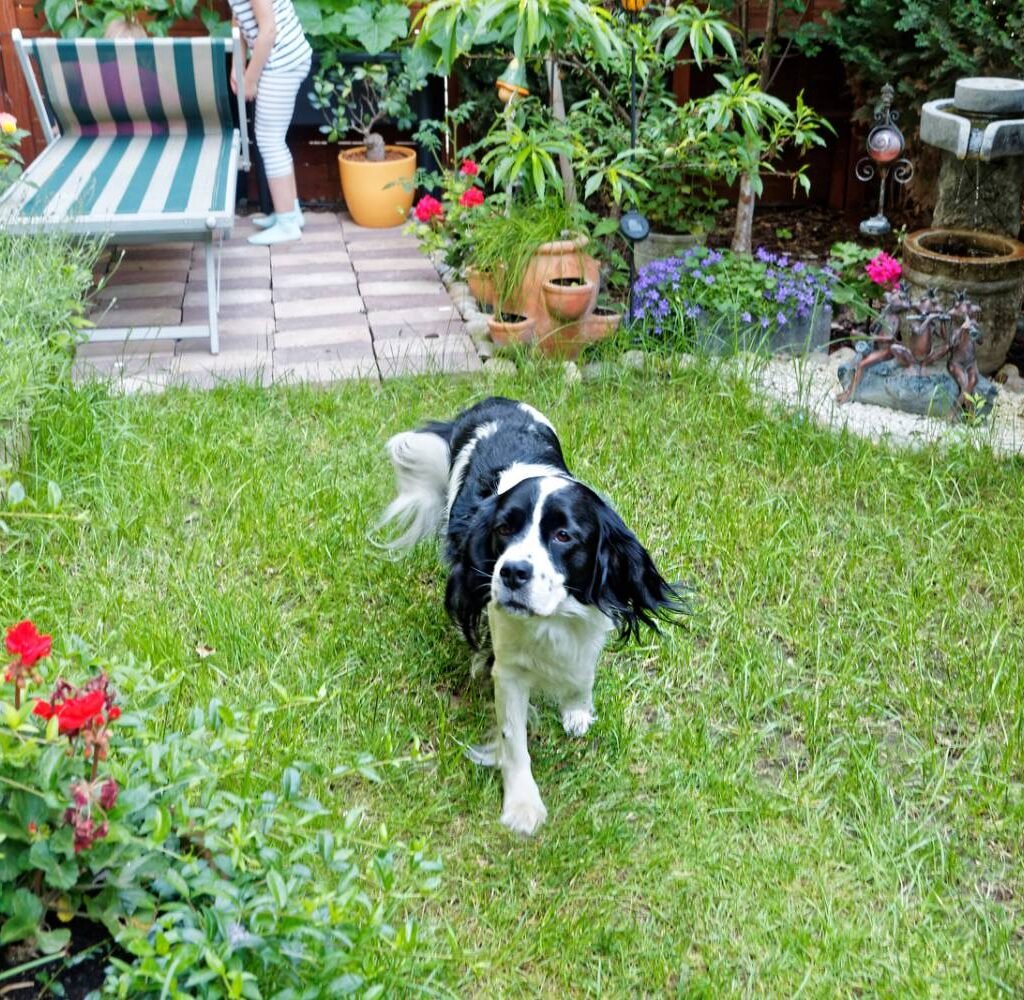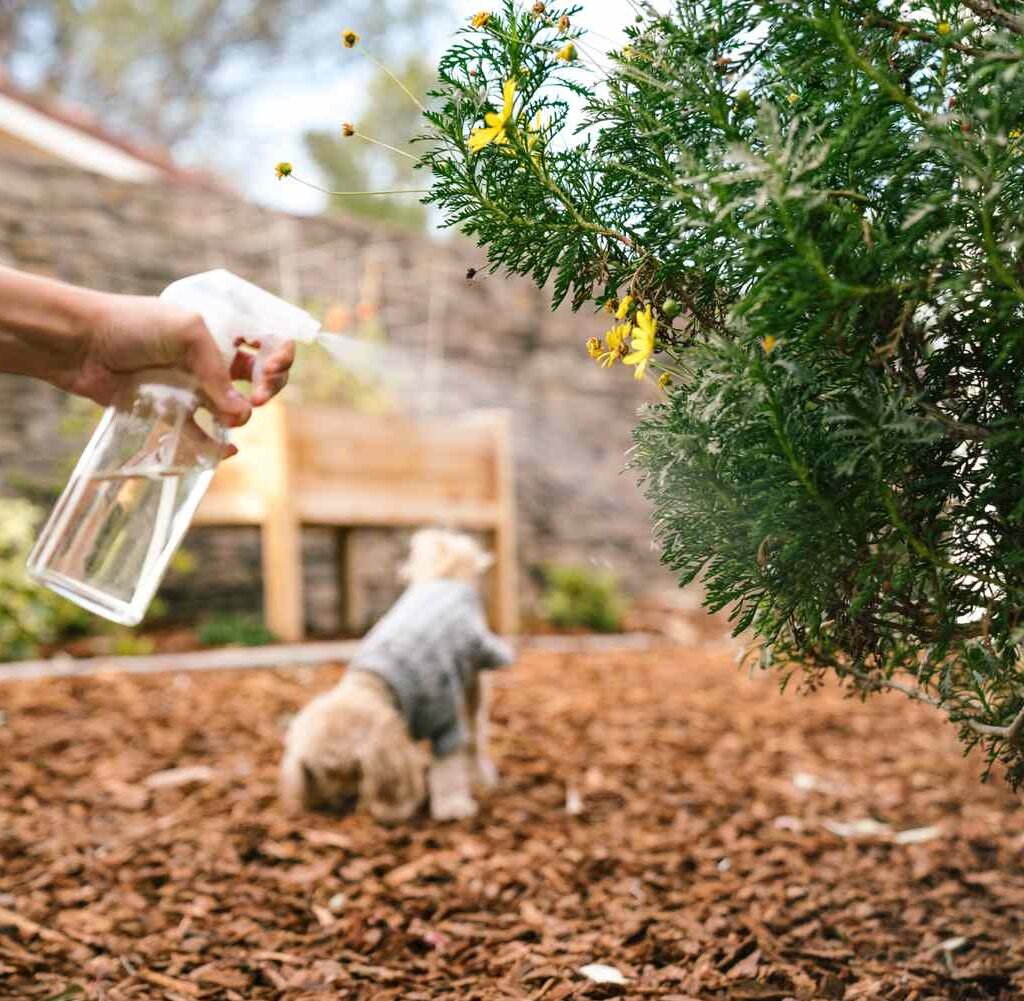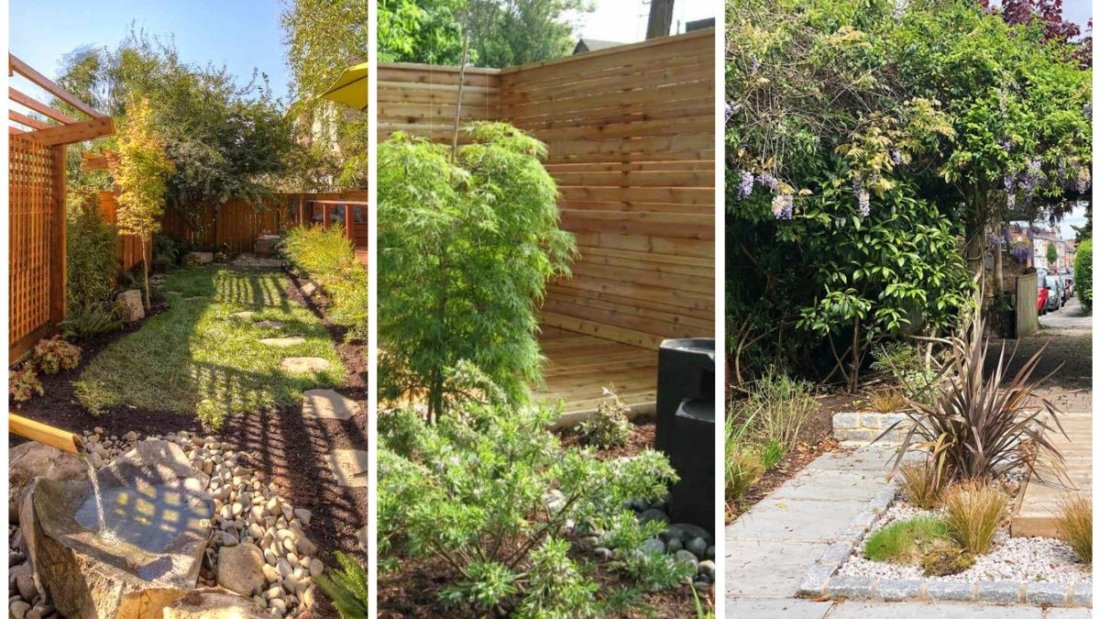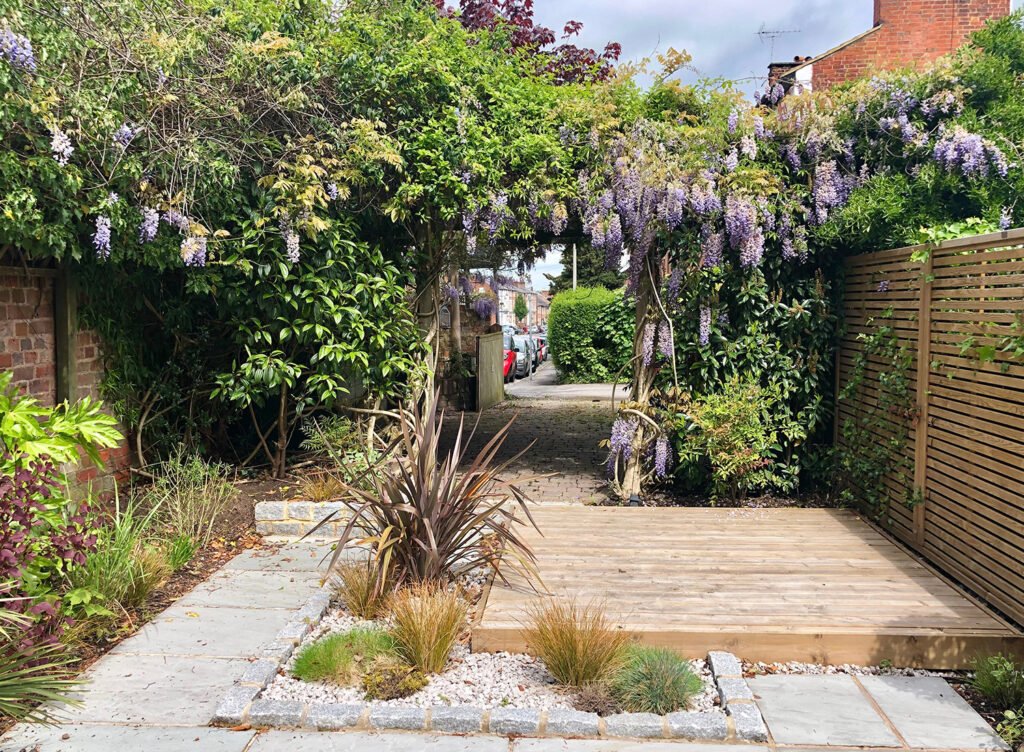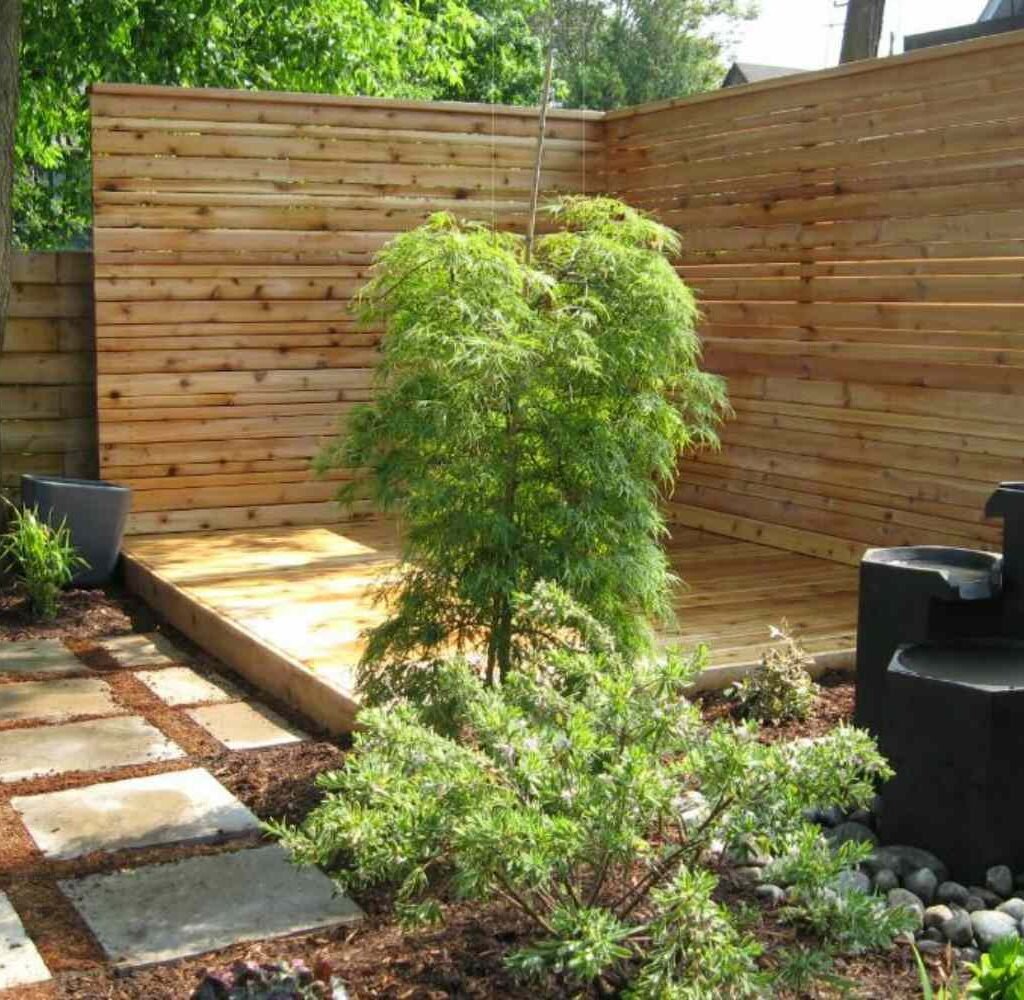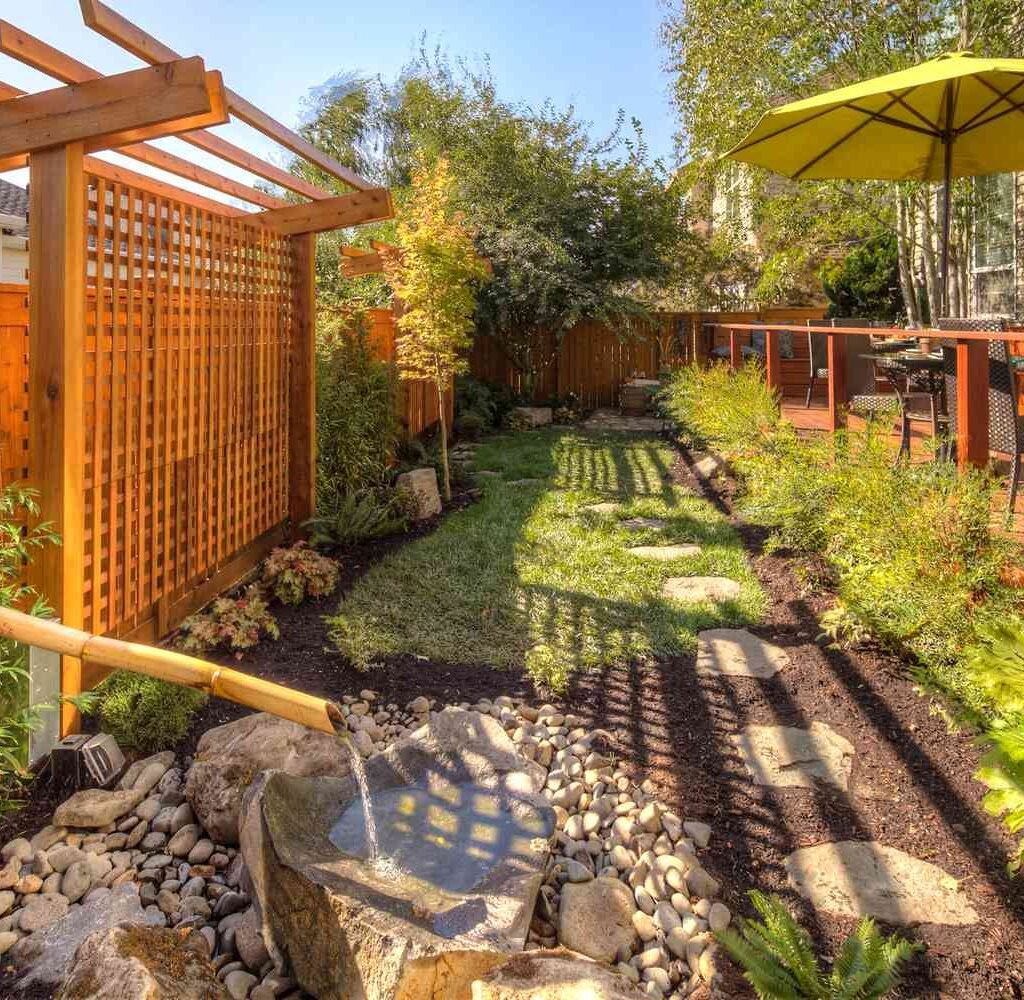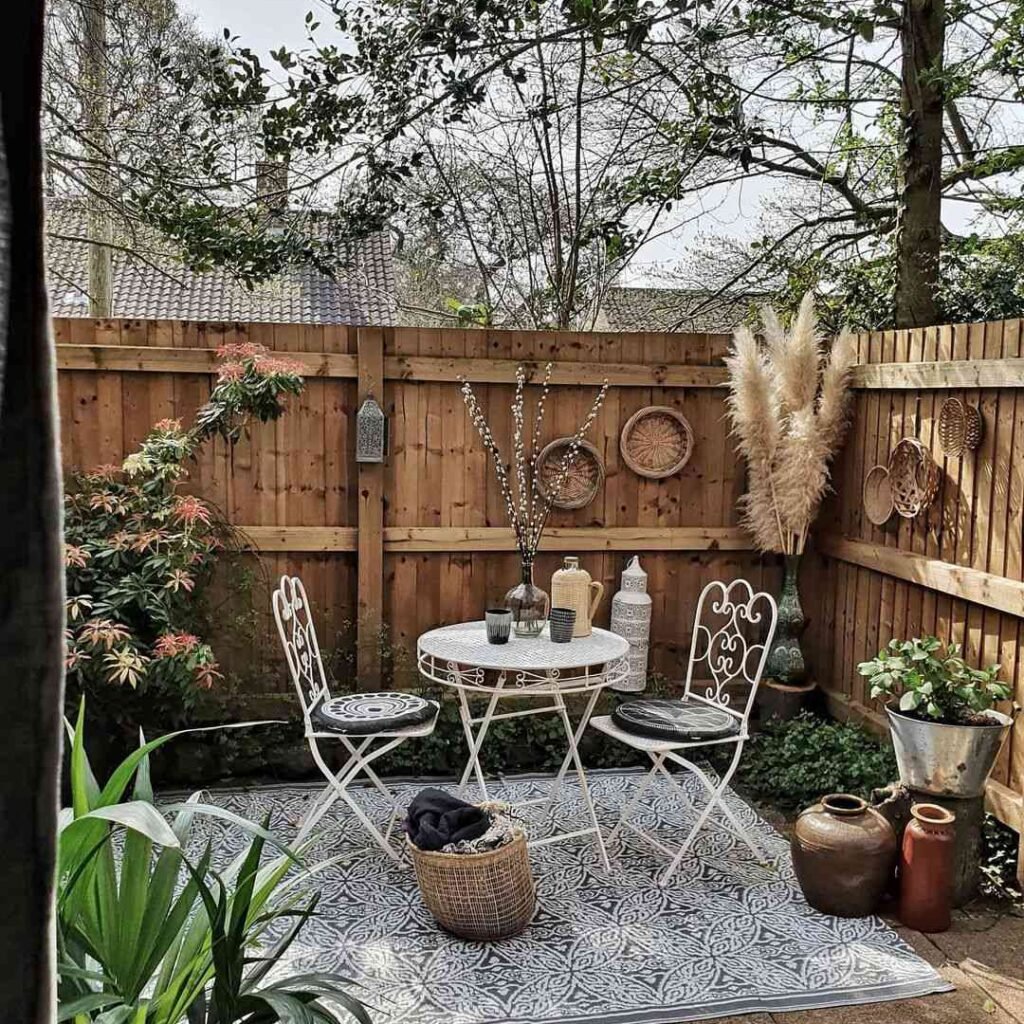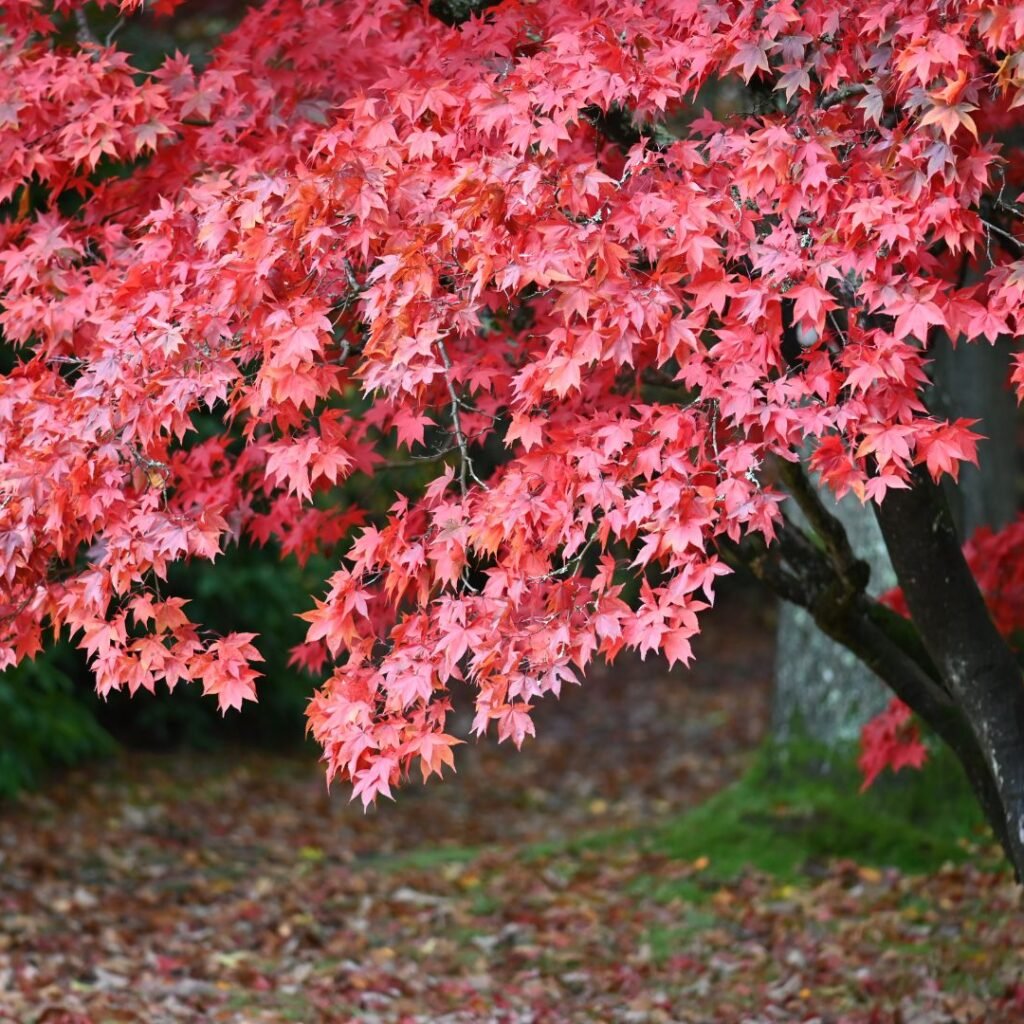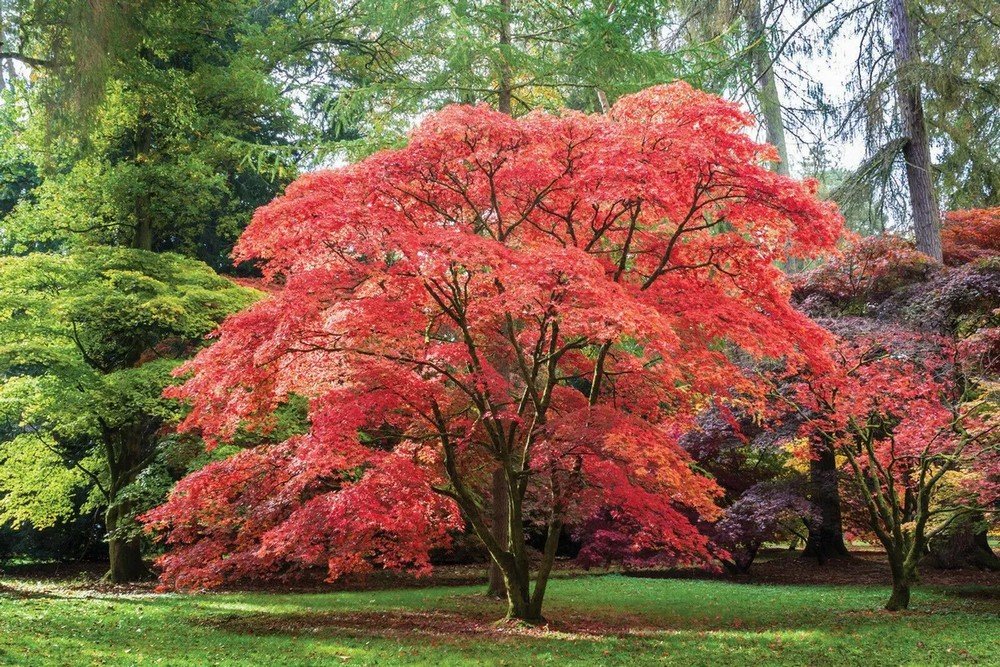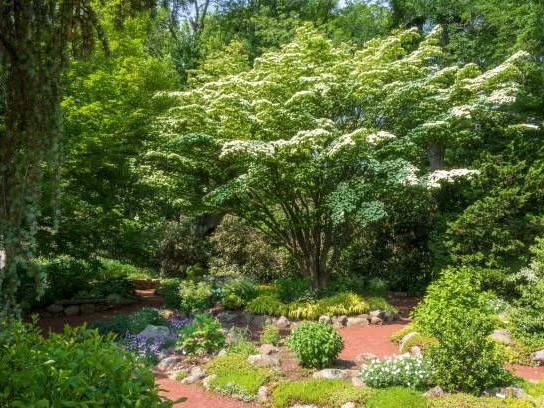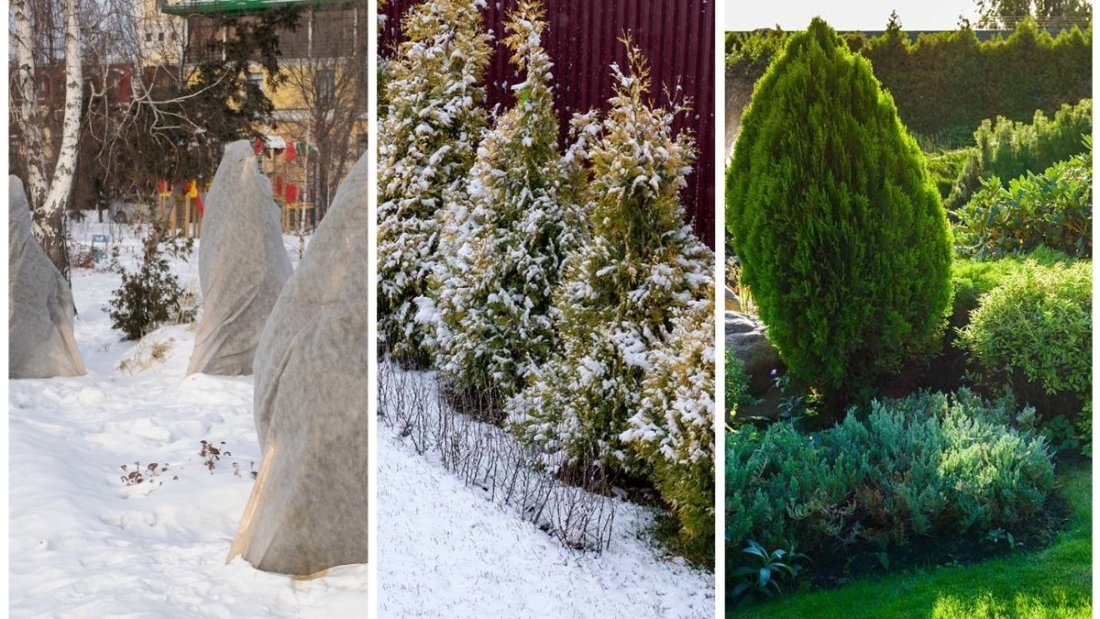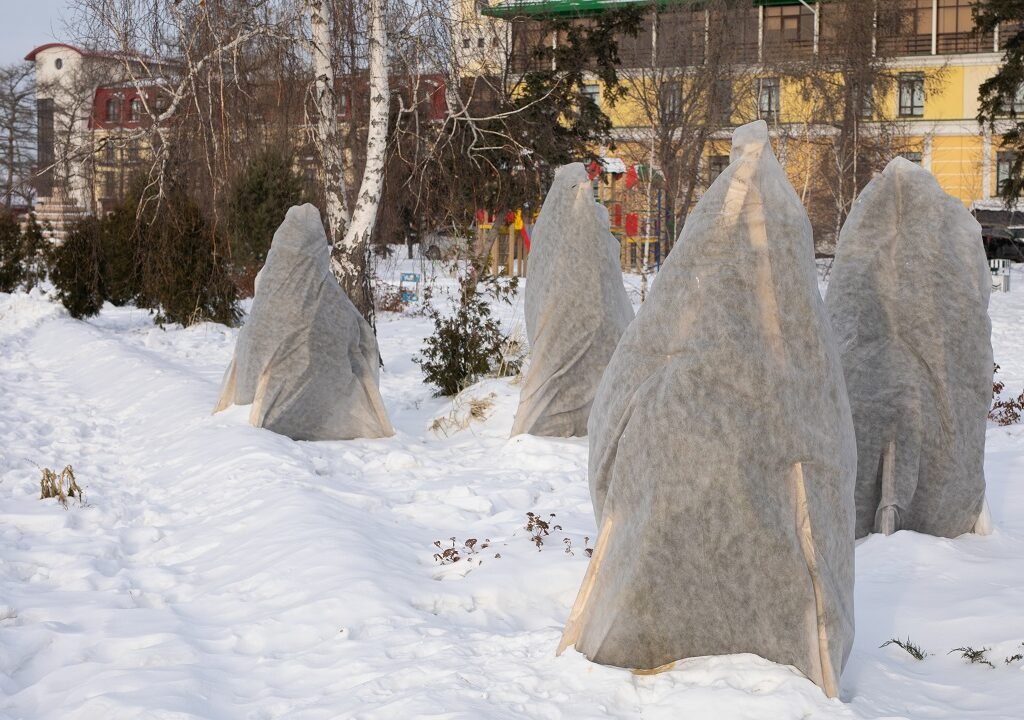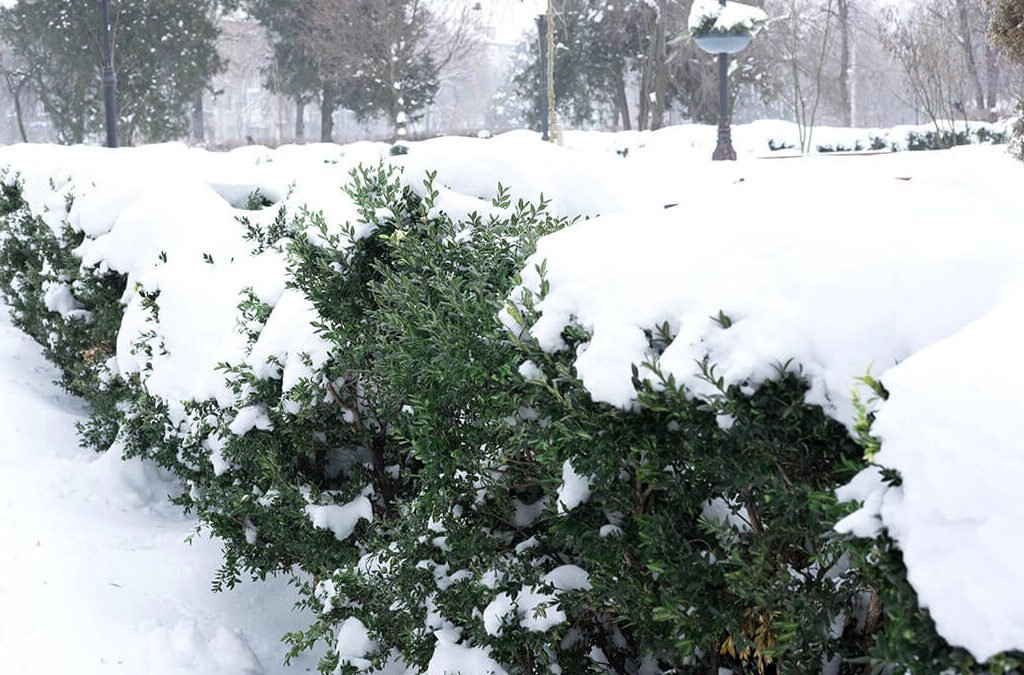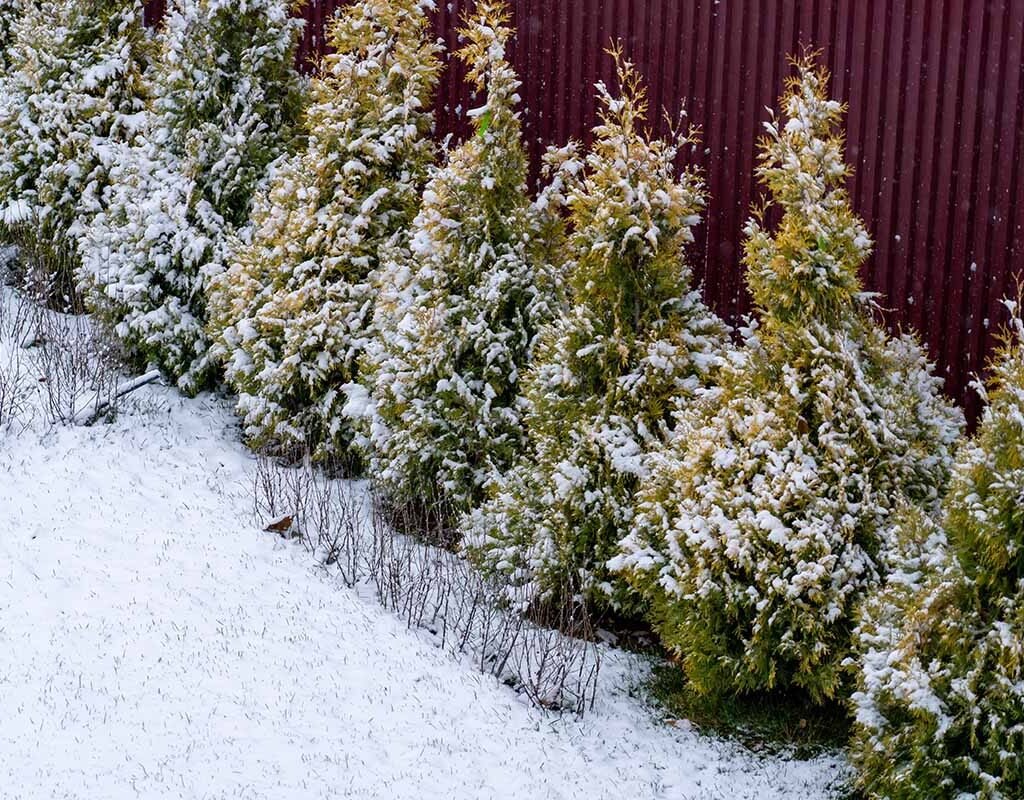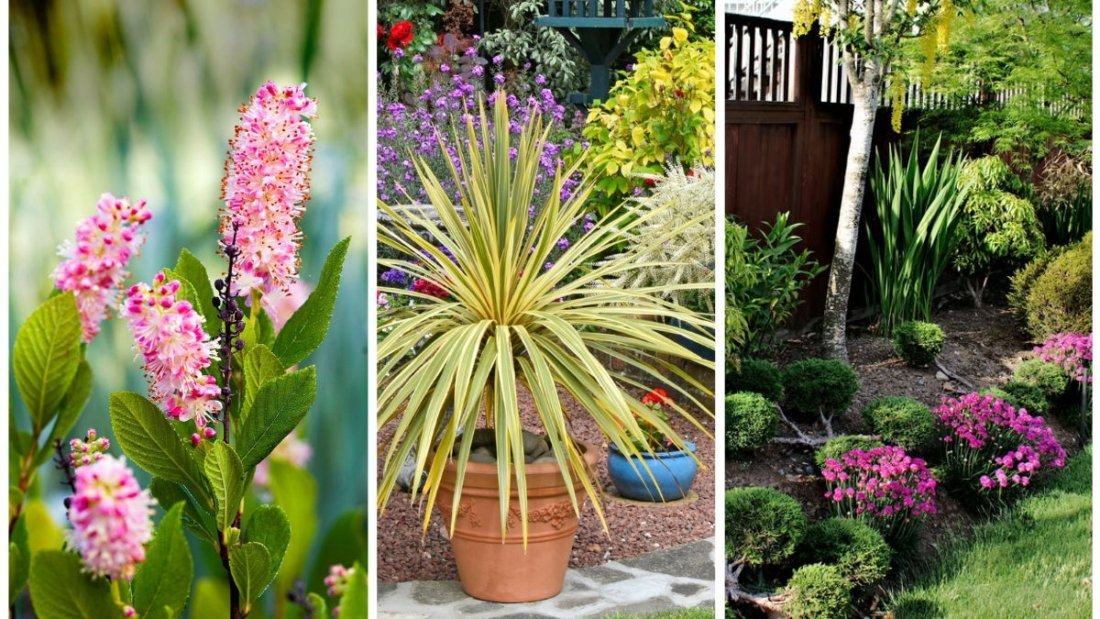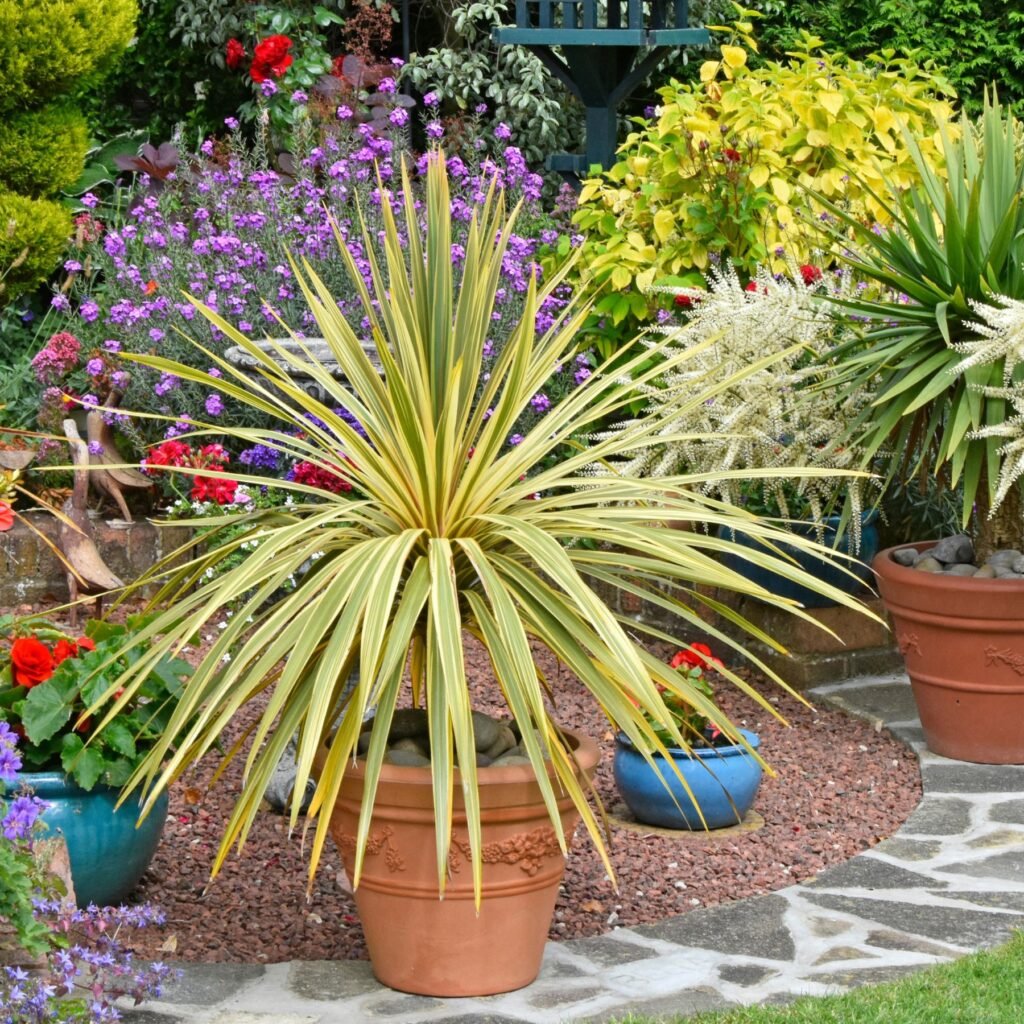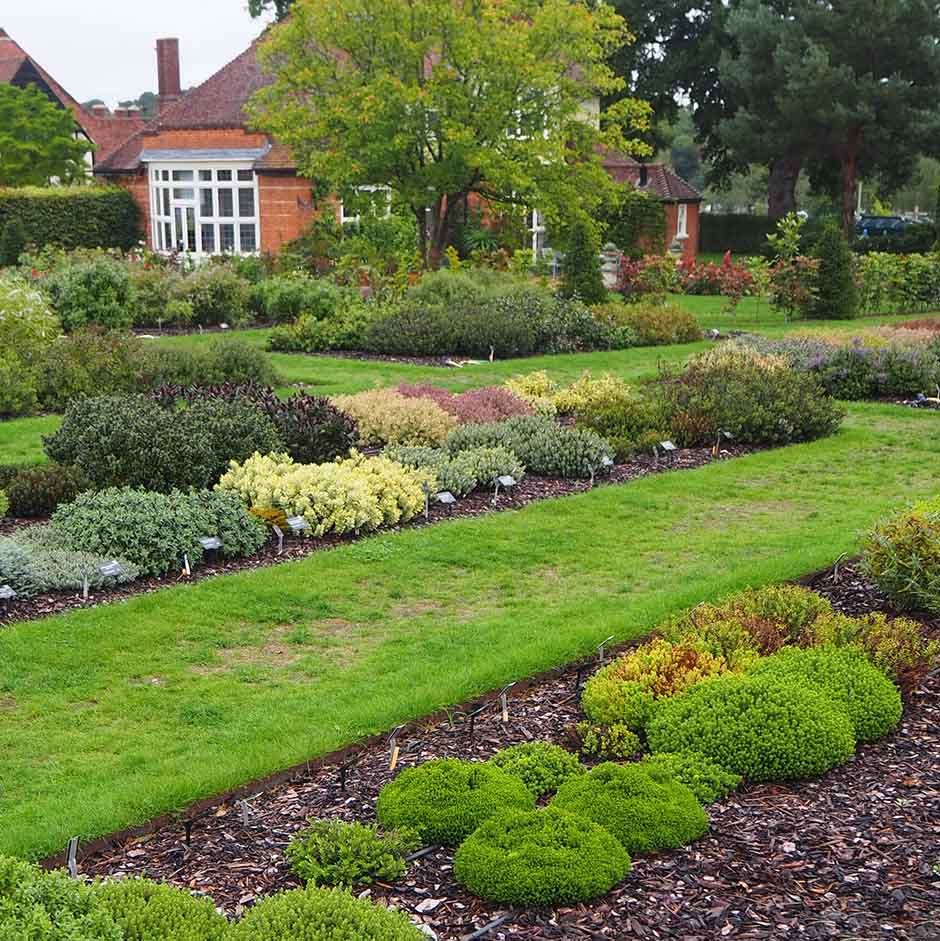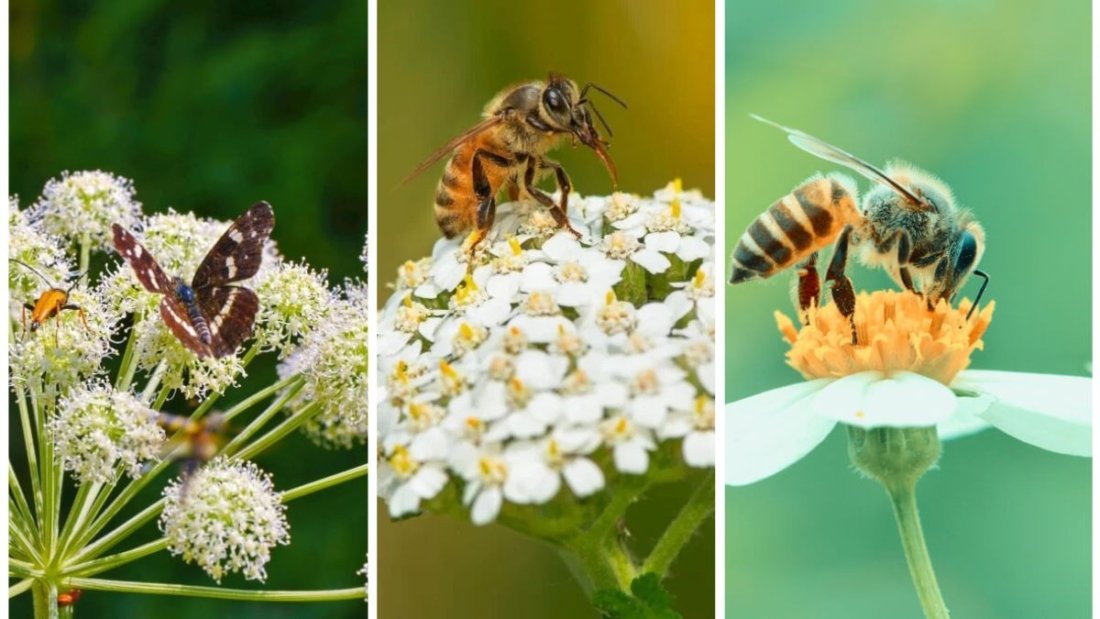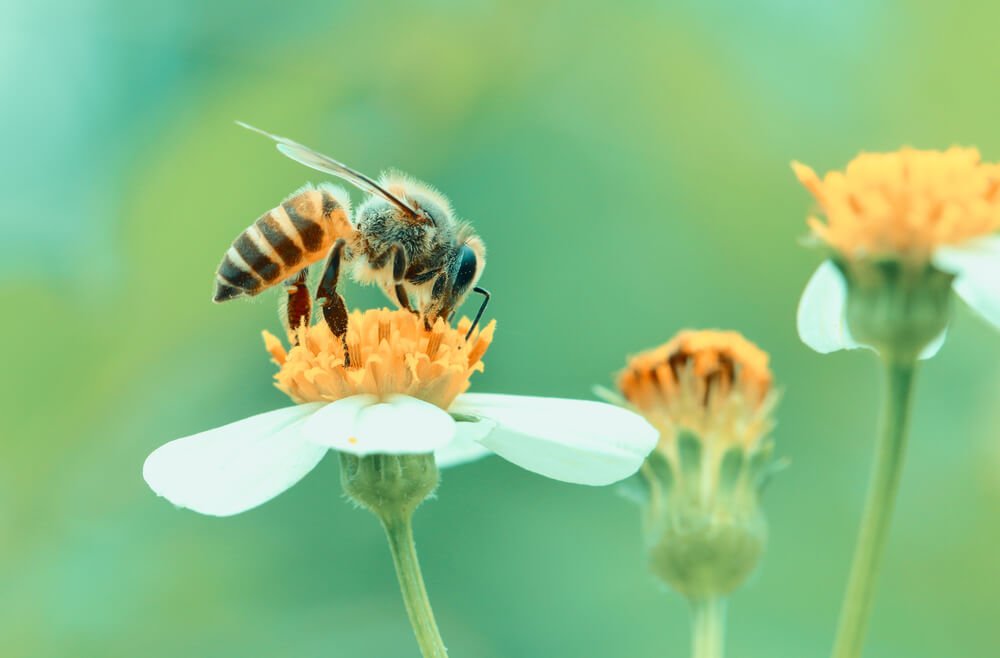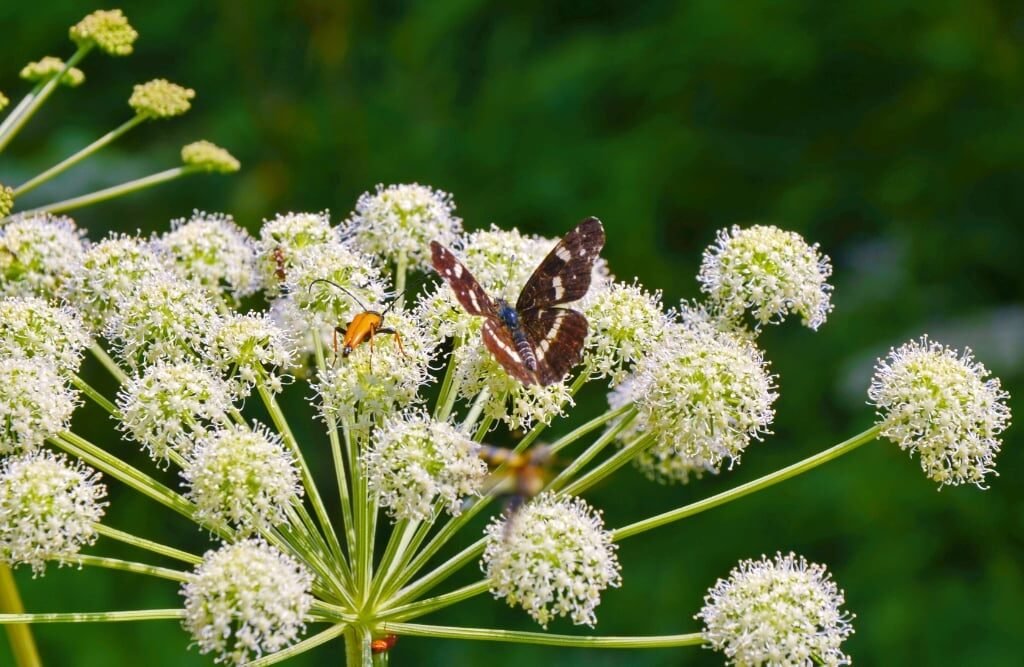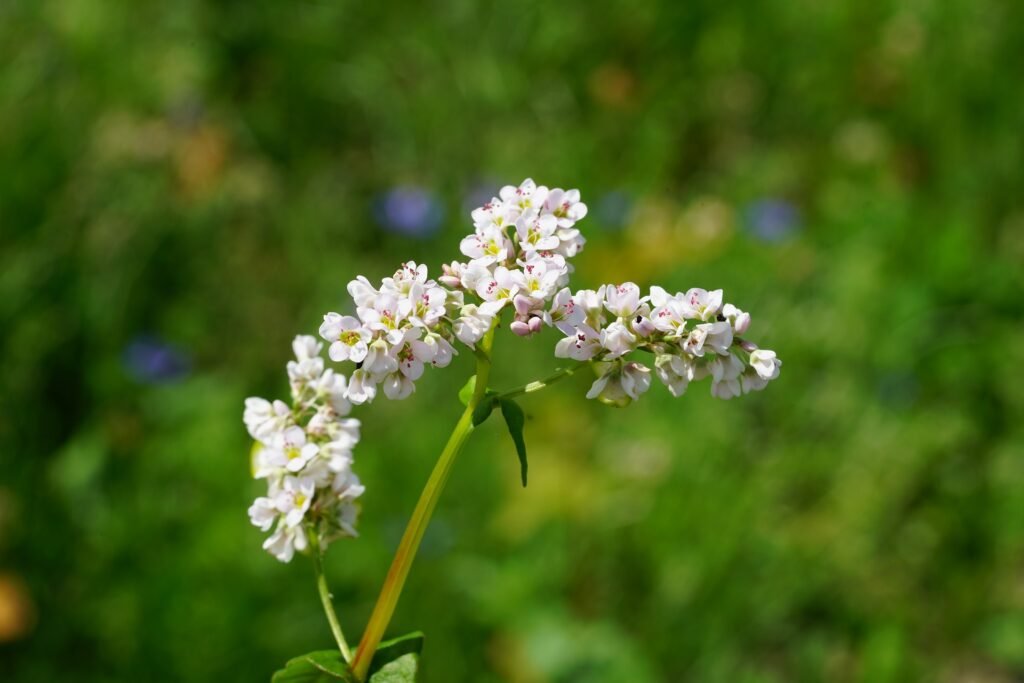Creating a garden that captivates throughout the year requires more than planting flowers seasonally. While perennials offer vibrant color, textures, and seasonal blooms, evergreens provide structure, stability, and year-round greenery. When thoughtfully combined, these two plant types can create a garden that is visually appealing, balanced, and low-maintenance regardless of the season. This article explores how to mix evergreens and perennials effectively, offering practical tips, design strategies, and plant suggestions for achieving year-round garden beauty.
1. Understanding the Roles of Evergreens and Perennials
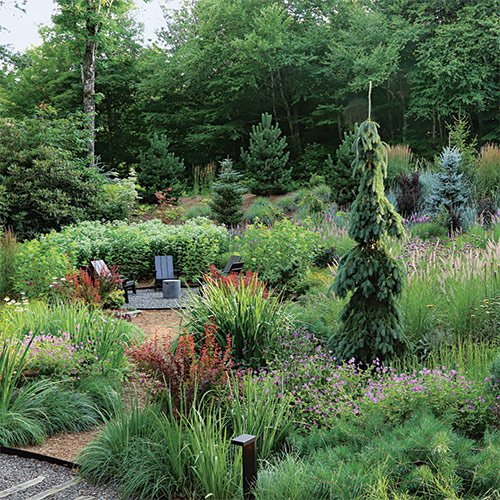
Before mixing plants, it is important to understand the unique contributions of evergreens and perennials.
- Evergreens: These plants retain foliage throughout the year, providing consistent greenery, structure, and height. Examples include boxwood, holly, juniper, and yew. Evergreens act as a canvas for seasonal plantings, defining garden borders, and anchoring the landscape. They are particularly valuable during winter when flowering plants are dormant.
- Perennials: Perennials bloom for specific periods, adding seasonal color, texture, and movement to the garden. Plants such as coneflowers, daylilies, hostas, and asters provide a continuous rotation of visual interest. By selecting perennials with staggered bloom times, you can create a dynamic garden that changes with the seasons.
Mixing these two types of plants ensures that your garden maintains appeal year-round, combining stability with vibrant seasonal highlights.
2. Plan Your Garden Layers for Visual Balance
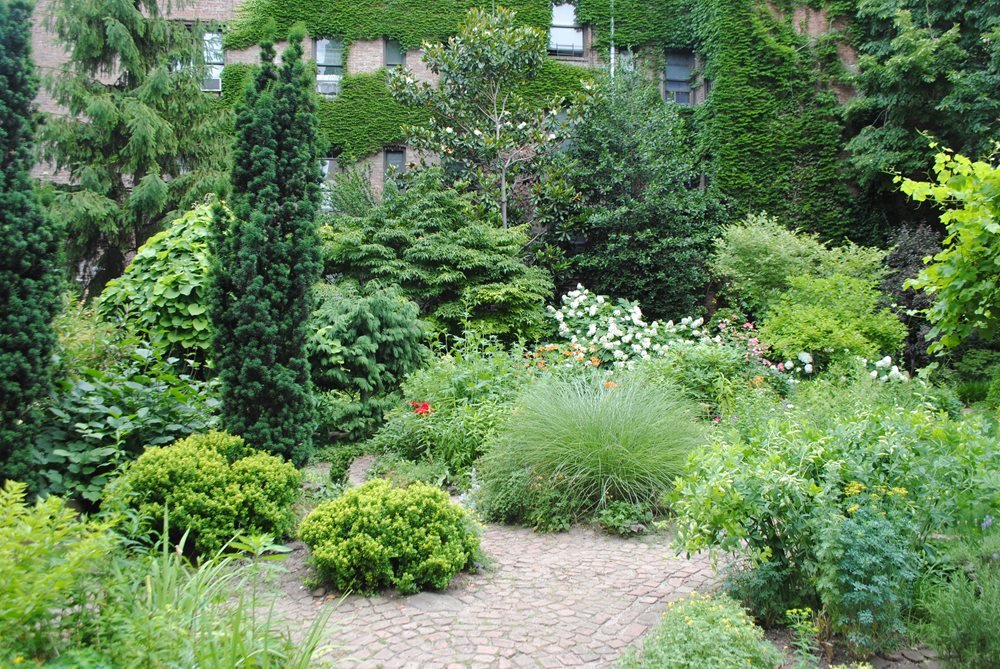
Layering is a critical strategy when mixing evergreens and perennials. Proper layering creates depth, contrast, and a cohesive look.
- Height Layering: Place taller evergreens at the back or center of garden beds, mid-height perennials in the middle, and low-growing ground covers or perennials in the front. For example, a row of upright yews can serve as a backdrop for purple coneflowers, while creeping thyme or dwarf hostas add foreground interest.
- Color Layering: Evergreens provide a neutral green background that allows perennials to shine. Use complementary color palettes, such as deep purple and bright yellow flowers, to create striking contrast against rich green foliage.
- Texture Layering: Mix fine-textured perennials like ferns or ornamental grasses with bold-leaved evergreens such as boxwood or holly. This contrast adds dimension and keeps the garden visually engaging throughout the year.
By layering plants based on height, color, and texture, your garden will have a well-structured, polished look all year long.
3. Choose Evergreens That Complement Seasonal Blooms
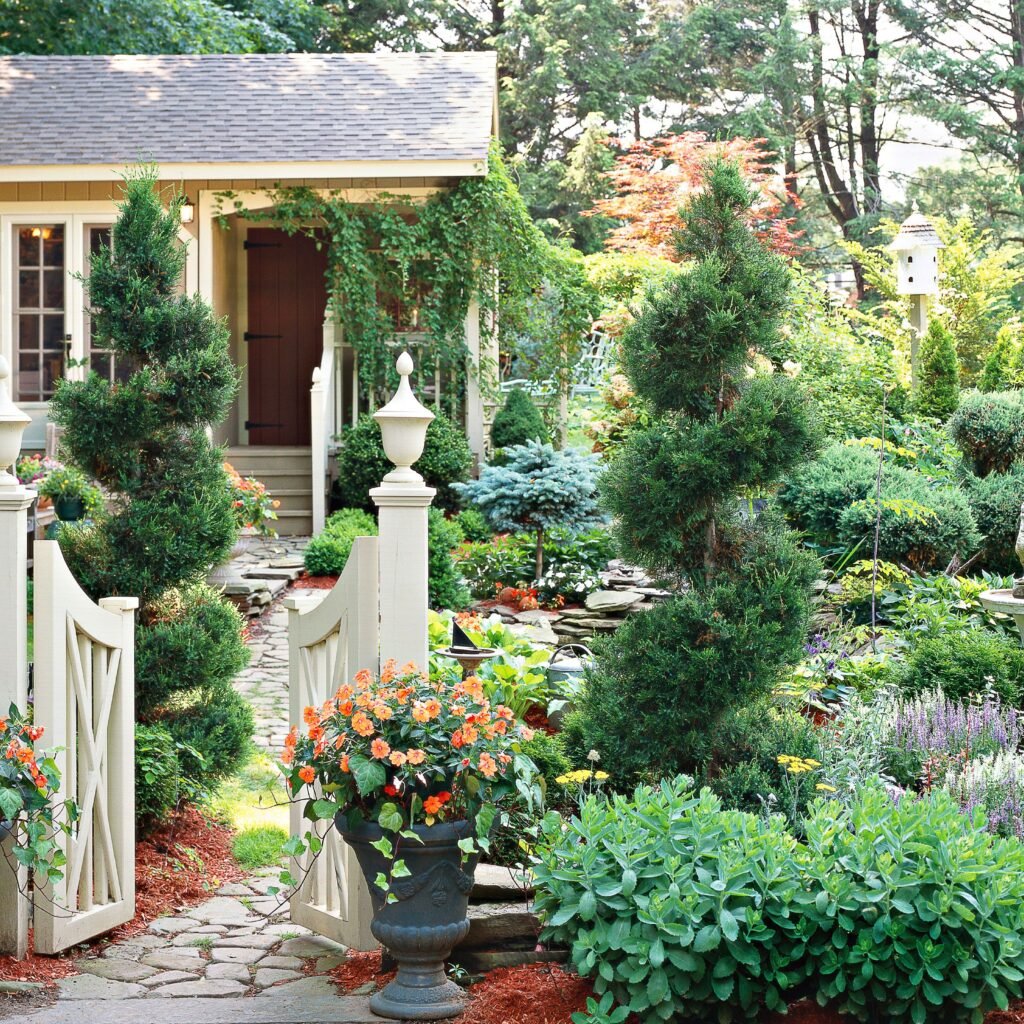
Selecting the right evergreen species is key to supporting the beauty of your perennials.
- Boxwood (Buxus spp.): Its compact, formal shape works well as hedges or borders, providing a structured backdrop for flowering perennials.
- Holly (Ilex spp.): Offers glossy leaves and bright red berries in winter, adding color when perennials are dormant.
- Juniper (Juniperus spp.): Low-growing varieties provide ground cover and texture contrast, while upright forms add vertical interest.
- Yew (Taxus spp.): Adaptable to pruning and shaping, making it ideal for sculpted forms or as a focal point in beds.
When selecting evergreens, consider their growth habits, color, and seasonal features. This ensures that they harmonize with the perennials and support a dynamic, year-round design.
4. Select Perennials for Seasonal Continuity
Perennials bring seasonal color, fragrance, and movement to the garden. By choosing plants with staggered bloom times and complementary foliage, you can maintain continuous interest.
Spring Perennials
- Hosta: Lush foliage with subtle blooms; works well alongside evergreen shrubs.
- Bleeding Heart (Dicentra spectabilis): Adds delicate color and charm.
- Astilbe: Feathery plumes that contrast nicely with structured evergreens.
Summer Perennials
- Echinacea (Coneflower): Bright, long-lasting blooms that attract pollinators.
- Daylilies (Hemerocallis spp.): Easy to maintain and produce continuous flowers.
- Lavender: Adds fragrance and soft texture.
Fall Perennials
- Asters: Rich purples and blues extend color into autumn.
- Sedum (Autumn Joy): Rust-colored blooms complement green evergreen backdrops.
- Ornamental Grasses: Provide movement and texture as leaves change color.
Winter Interest
- While most perennials die back, select species with attractive seed heads or foliage. Plants like echinacea, ornamental grasses, and hellebores provide subtle interest and work beautifully with evergreen elements.
By planning perennials based on bloom seasons, your garden maintains layered color and visual appeal year-round.
5. Create Dynamic Contrasts and Focal Points
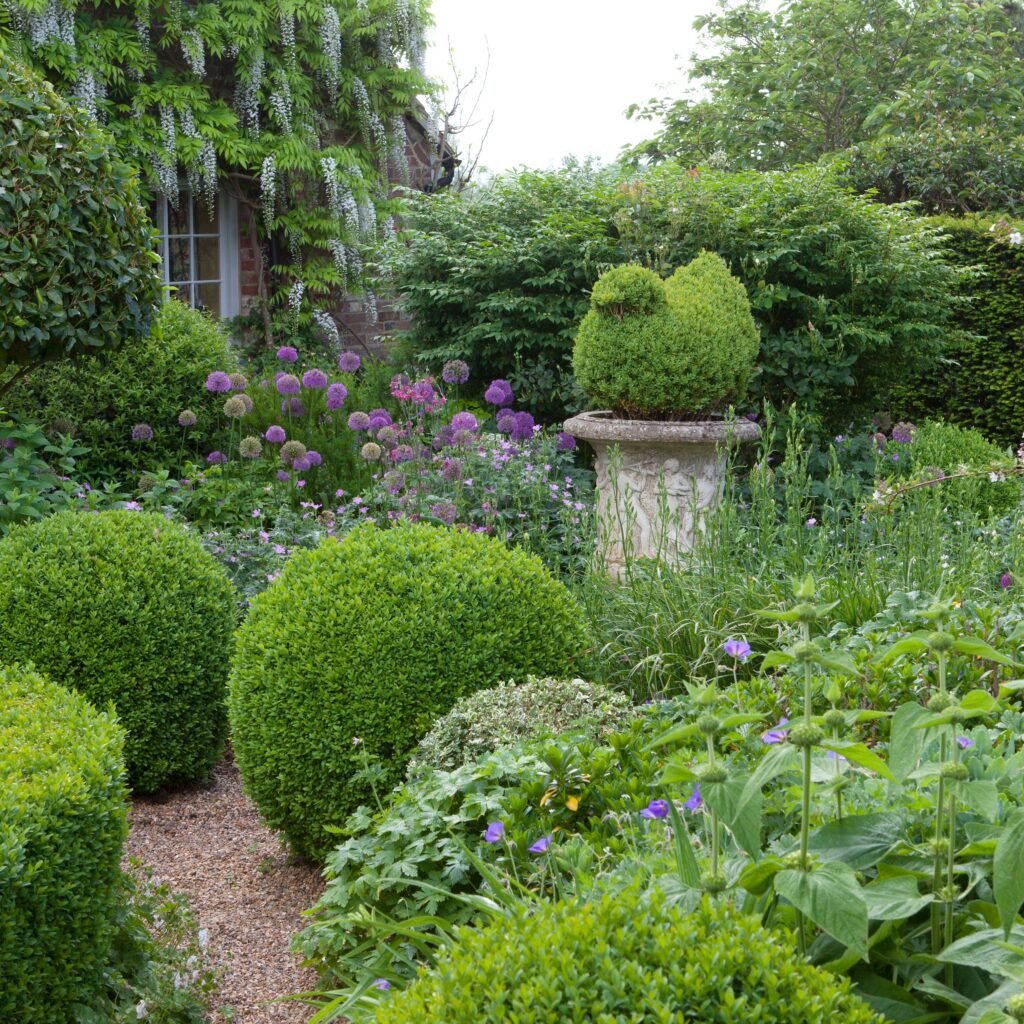
Mixing evergreens and perennials is not just about filling space—it’s about creating contrasts and focal points that capture attention.
- Color Contrast: Bright or bold perennials pop against dark green evergreens. Consider red or yellow blooms alongside holly or boxwood.
- Textural Contrast: Pair broad-leaved evergreens with fine-textured perennials. For instance, yew’s dark, dense foliage with airy astilbe or ornamental grasses adds visual interest.
- Seasonal Focal Points: Evergreens like holly or yew can serve as winter focal points, while summer perennials like coneflowers draw the eye during peak bloom periods.
Strategically placing contrasting plants ensures the garden remains visually compelling, regardless of the season.
6. Consider Plant Groupings and Repetition
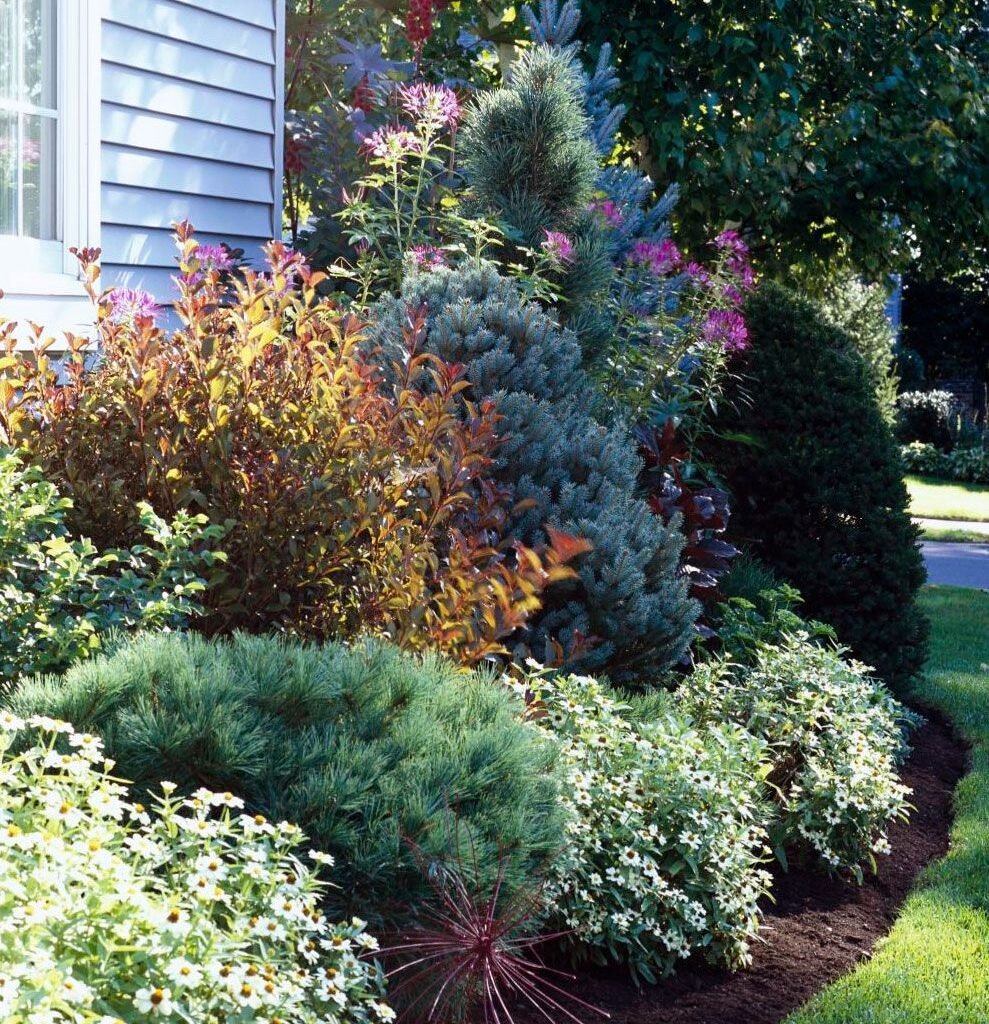
Repetition and grouping create rhythm and cohesion in the garden.
- Cluster Planting: Plant evergreens and perennials in clusters to create visual impact rather than scattering them randomly.
- Repetition: Repeat key perennials and evergreen species throughout the garden to unify the design and create harmony.
- Mix Heights and Textures: Group tall perennials with medium-height evergreens and low ground covers to establish clear layering.
Thoughtful grouping emphasizes the natural beauty of each plant and ensures a seamless transition between seasons.
7. Maintenance Tips for Year-Round Appeal
Maintaining a mixed garden of evergreens and perennials ensures it stays vibrant throughout the year.
- Pruning and Deadheading: Regularly prune evergreens to maintain shape and remove dead branches. Deadhead perennials to encourage prolonged flowering.
- Mulching: Apply mulch to retain moisture, suppress weeds, and protect perennials during winter.
- Fertilization: Feed evergreens in early spring and fall, while perennials may require additional summer fertilization for prolonged blooms.
- Watering: Both plant types require consistent watering during dry periods, especially new plantings.
- Seasonal Updates: Replace perennials that underperform or adjust plant combinations to refresh the garden’s visual appeal.
Proper maintenance preserves the balance, vibrancy, and structure of the garden year-round.
Conclusion
Mixing evergreens and perennials is a proven strategy to create a garden that captivates throughout the year. Evergreens provide structure, color continuity, and winter interest, while perennials offer seasonal blooms, texture, and movement. By thoughtfully layering plants, selecting complementary species, and maintaining proper spacing, you can design a dynamic garden that is visually appealing in every season.
Strategic contrasts, focal points, and repetition further enhance the garden’s aesthetic, making it a harmonious and inviting outdoor space. With careful planning and consistent care, a garden that combines evergreens and perennials provides year-round charm, functionality, and enjoyment for homeowners and visitors alike.
